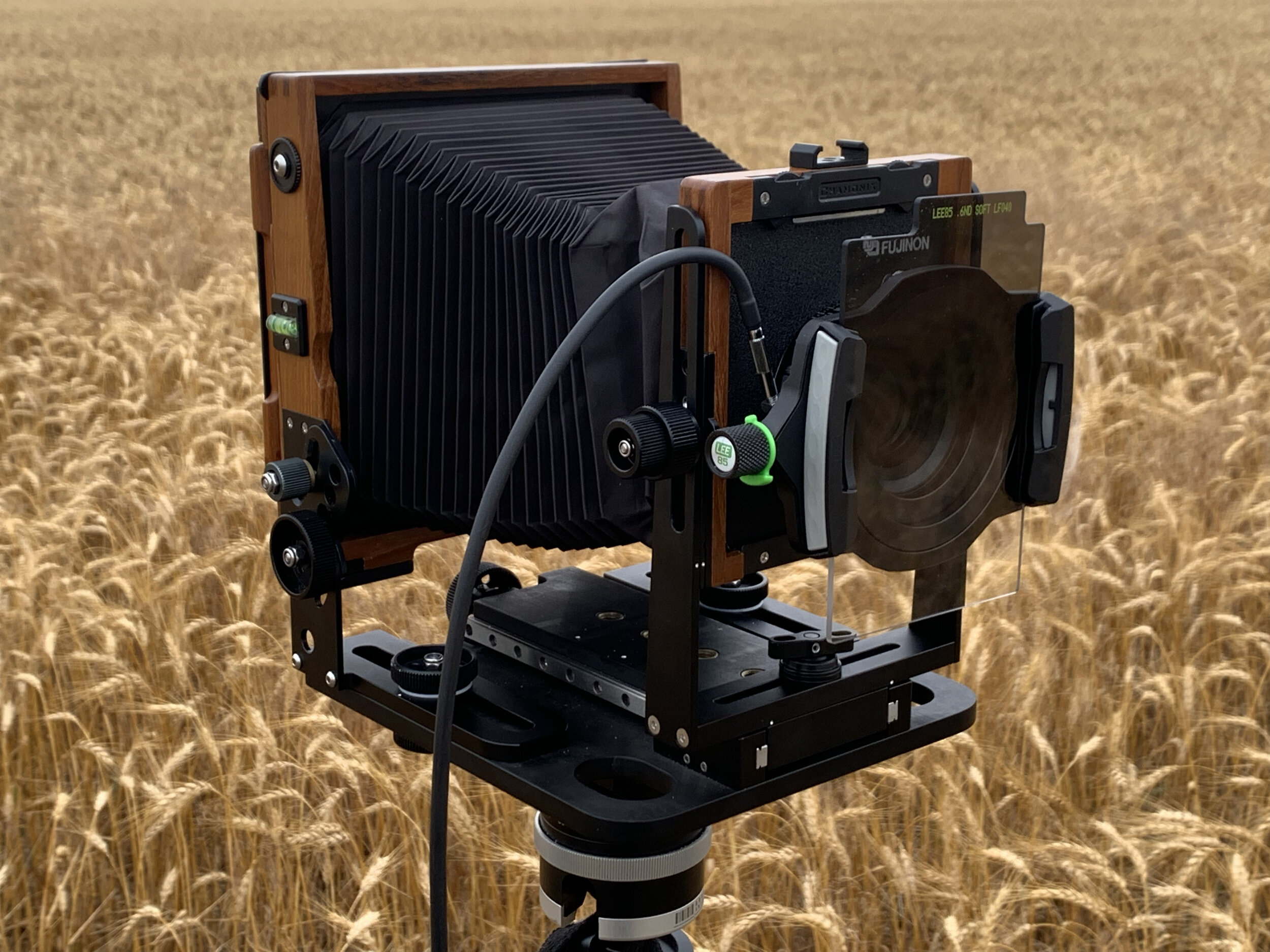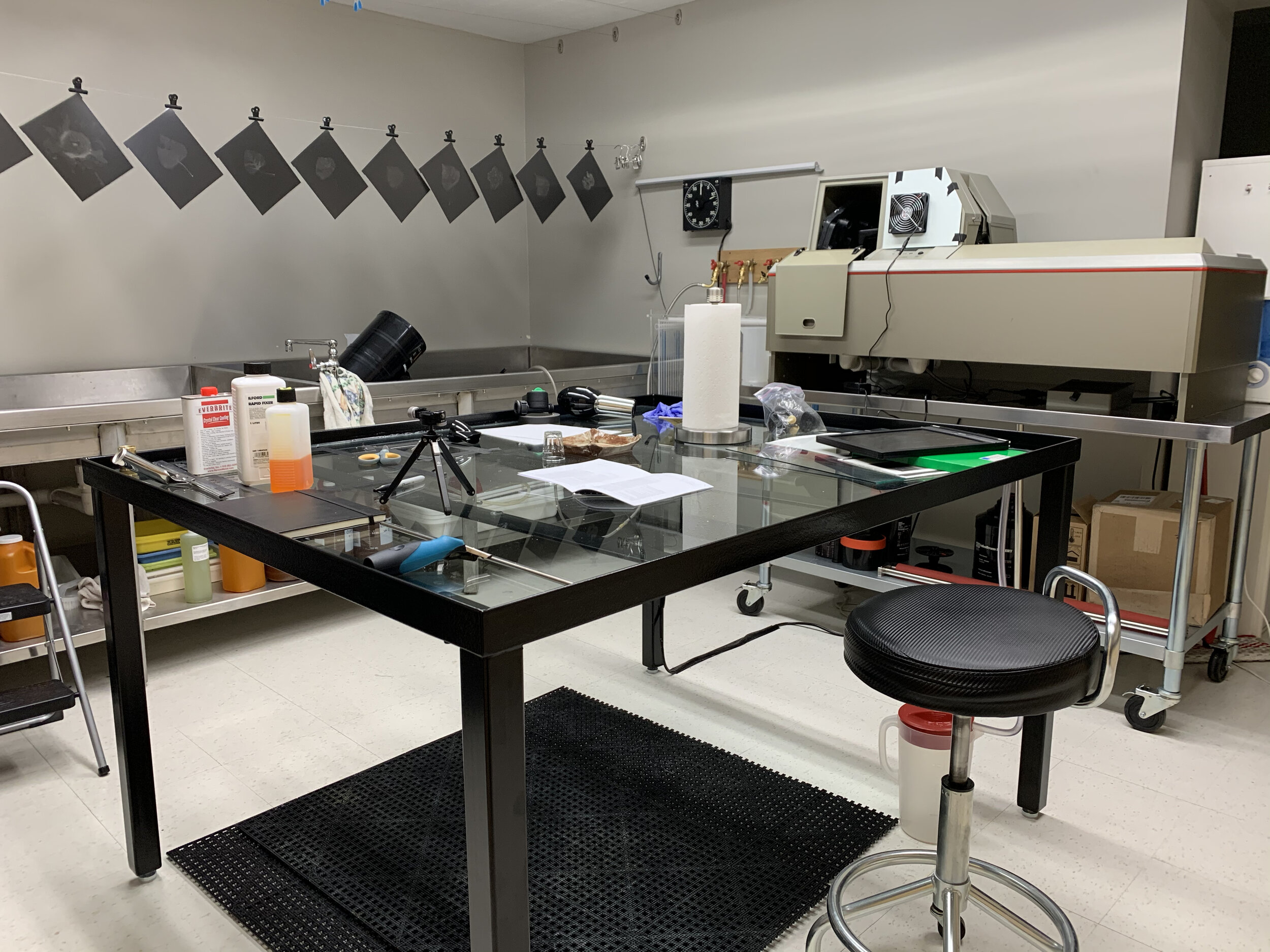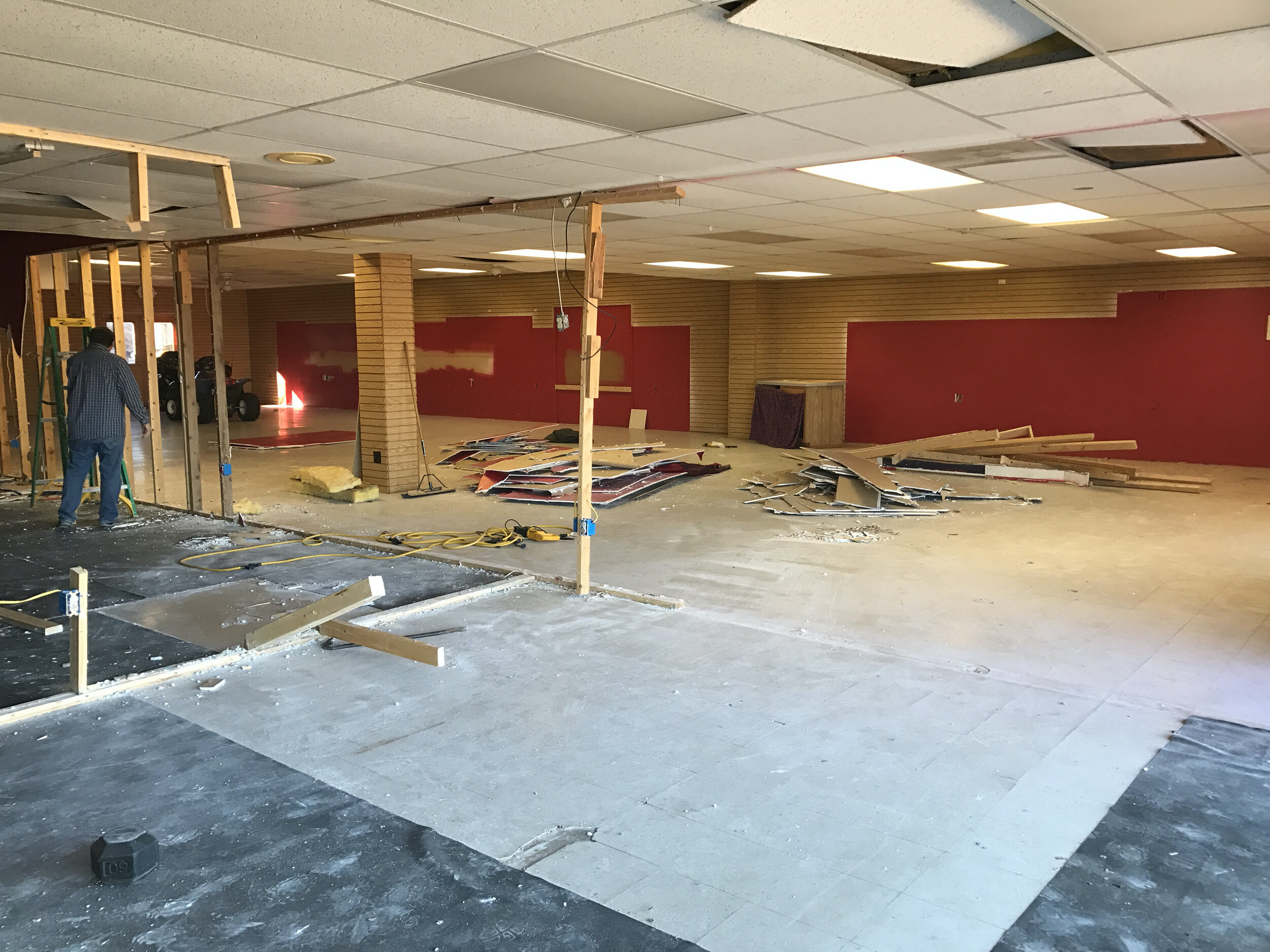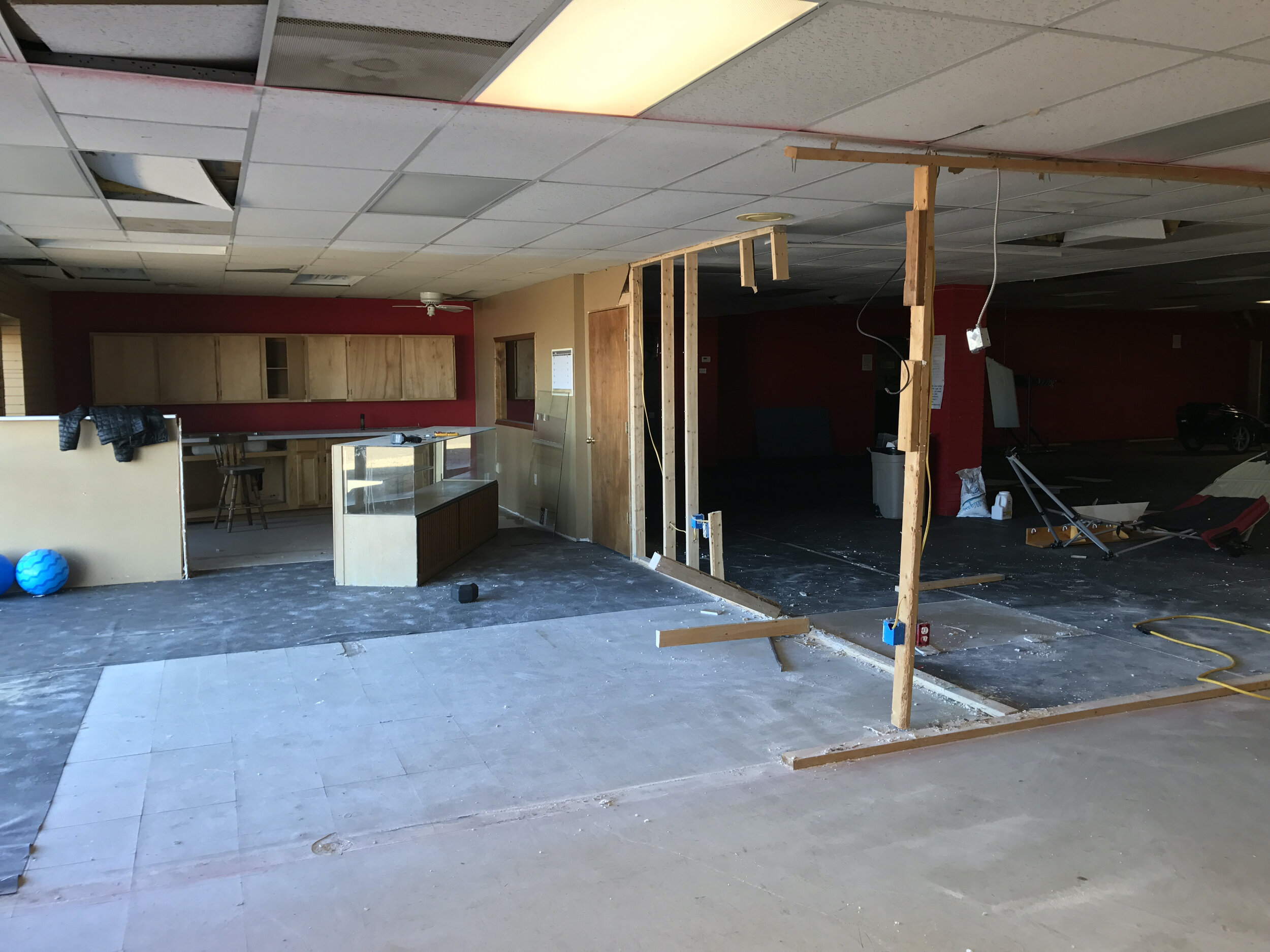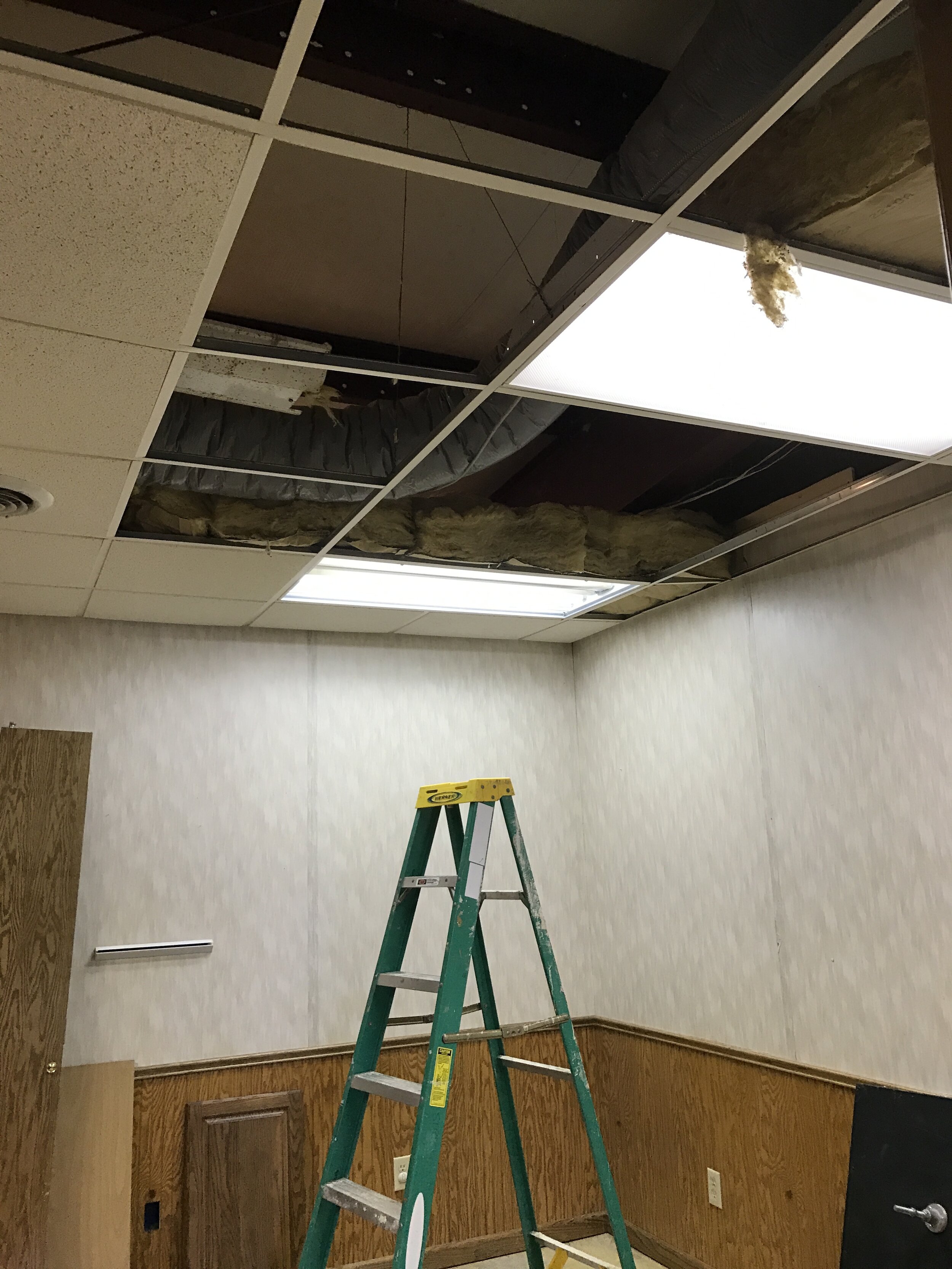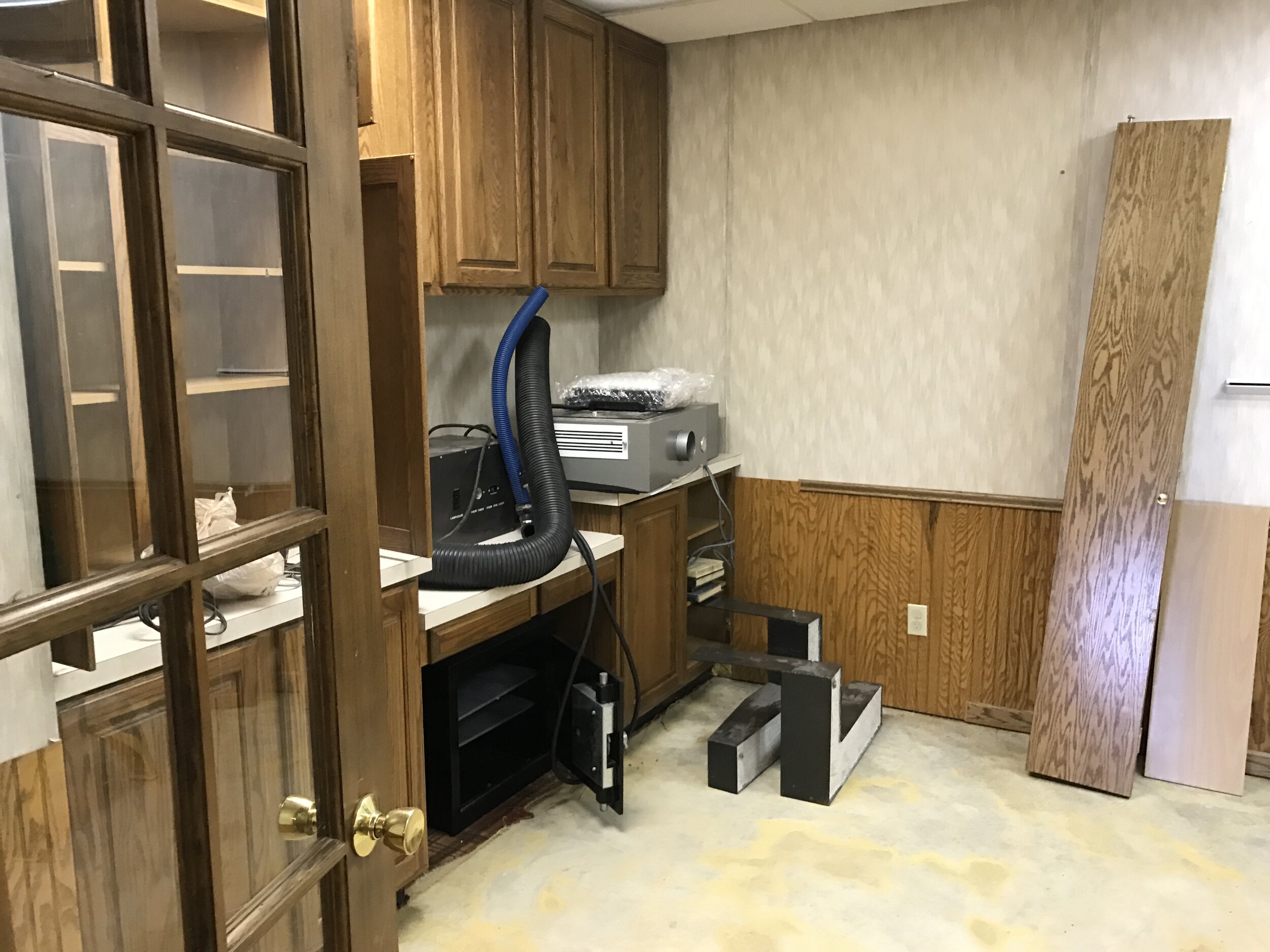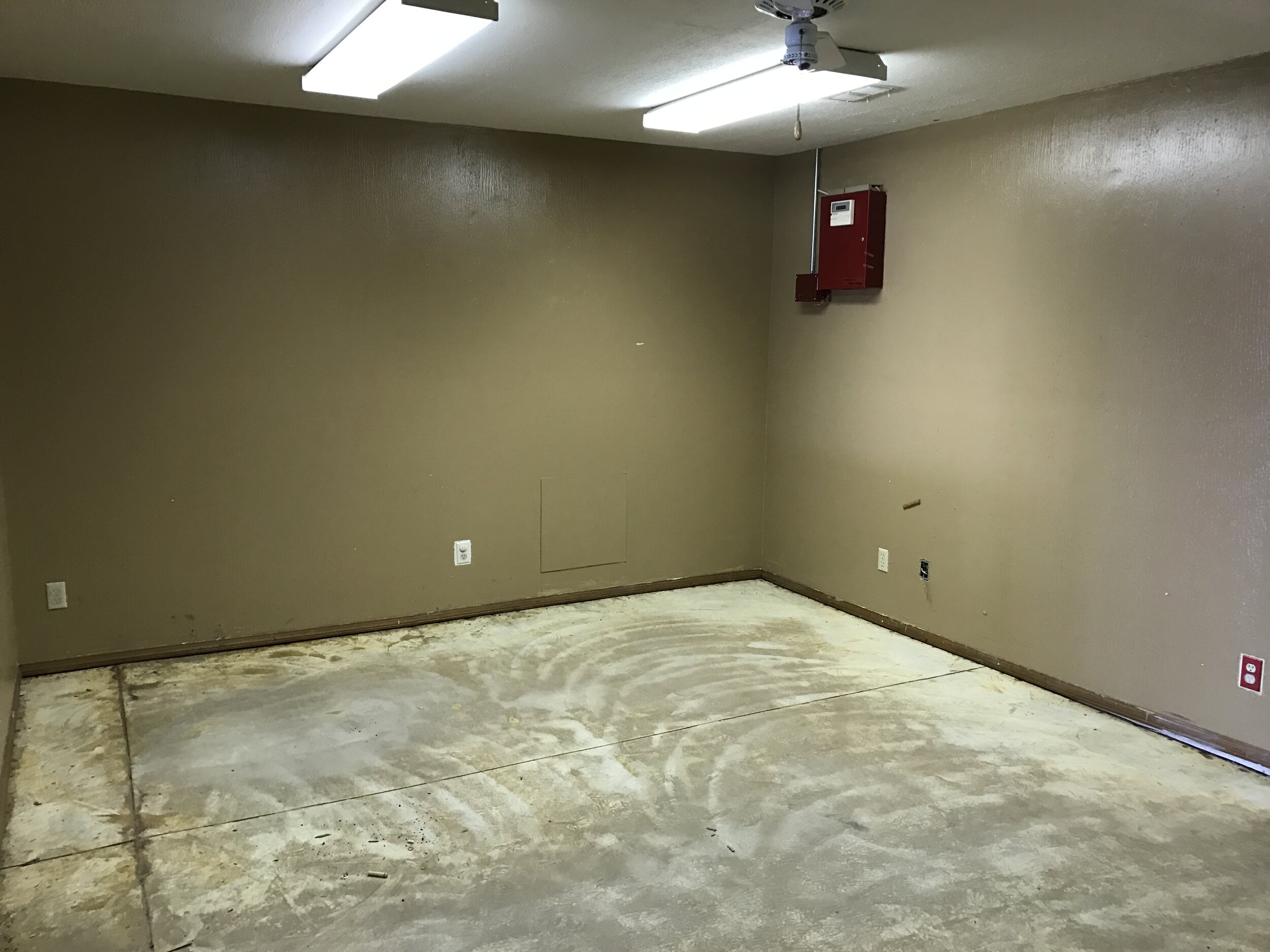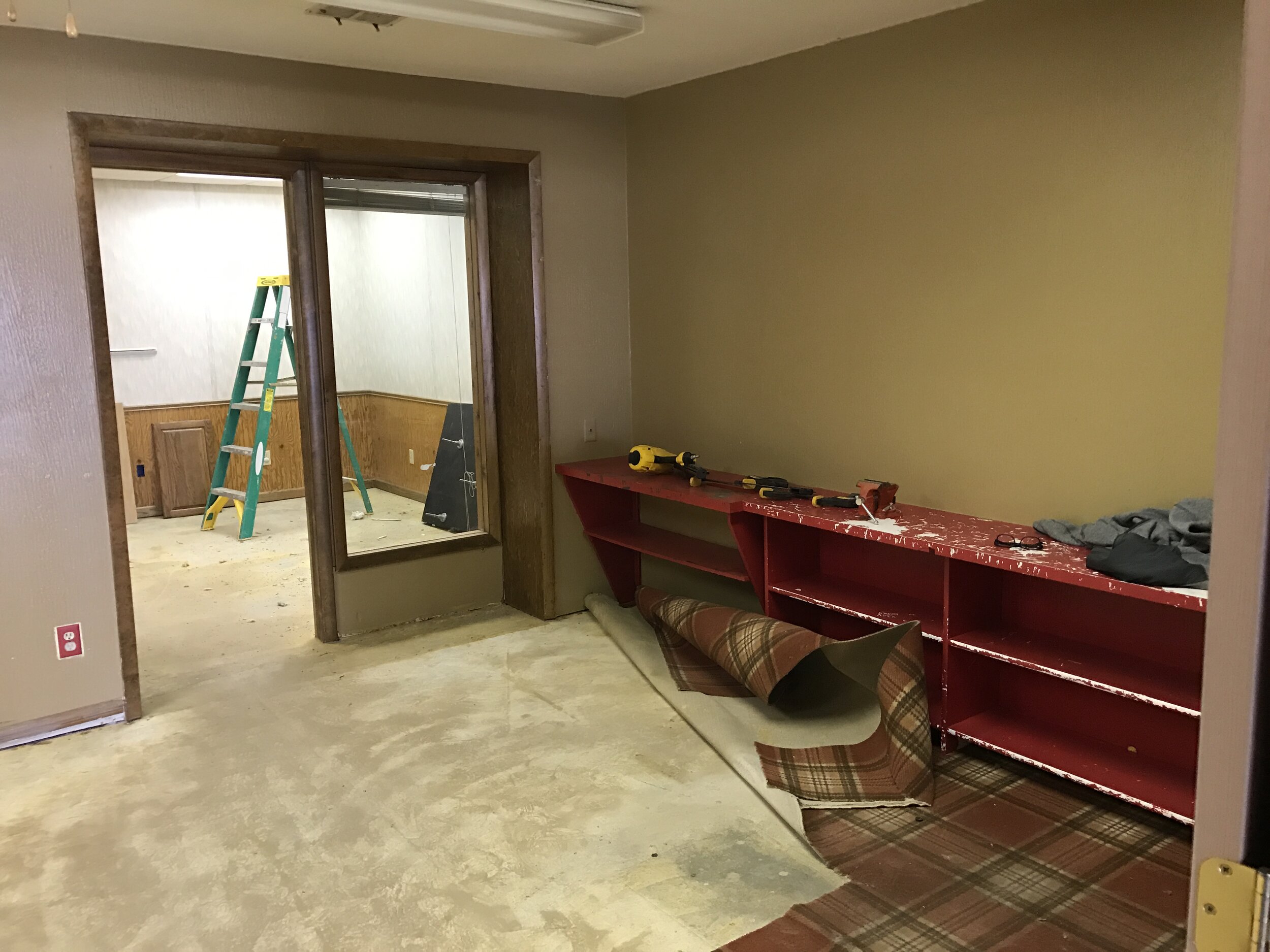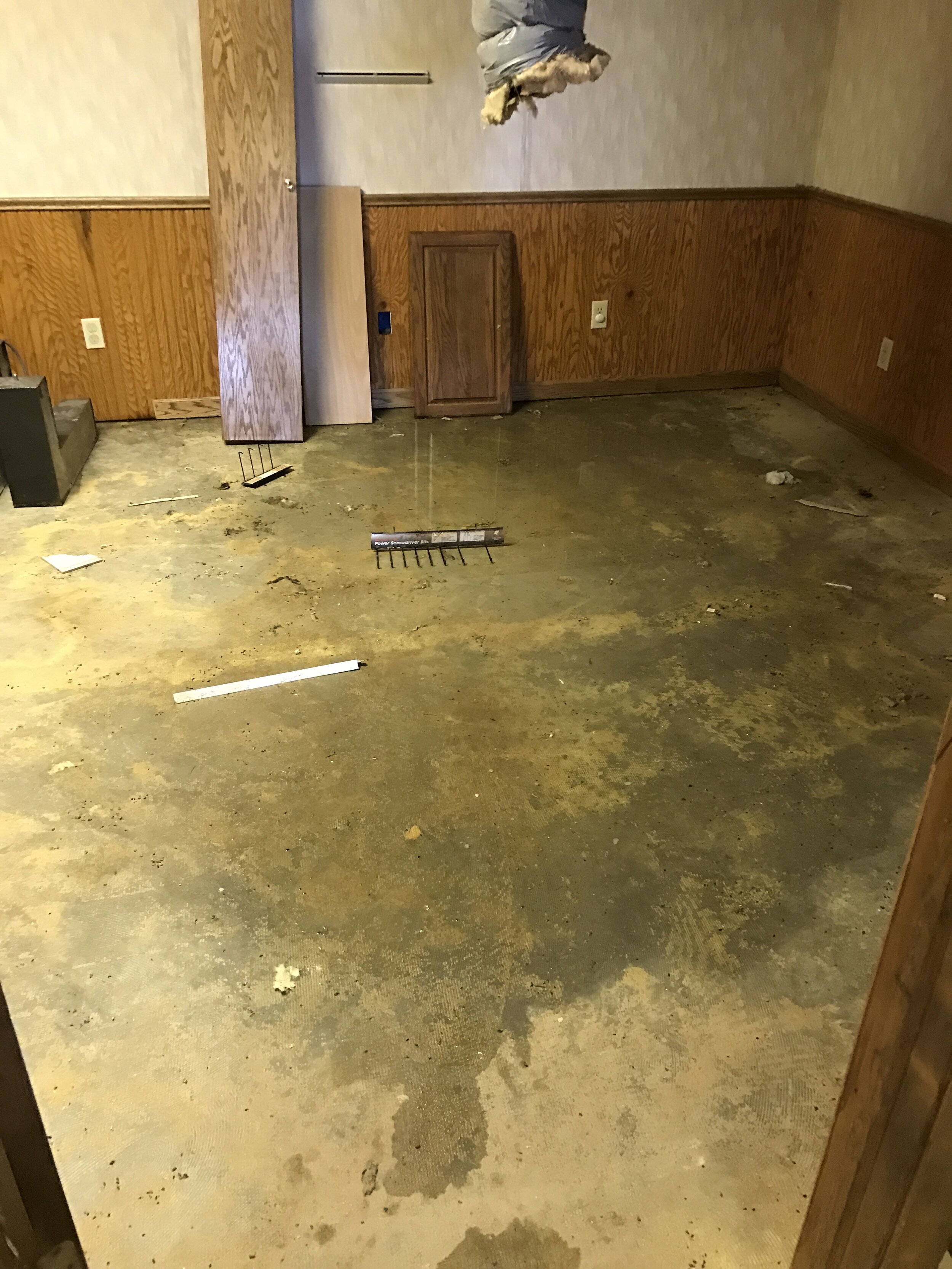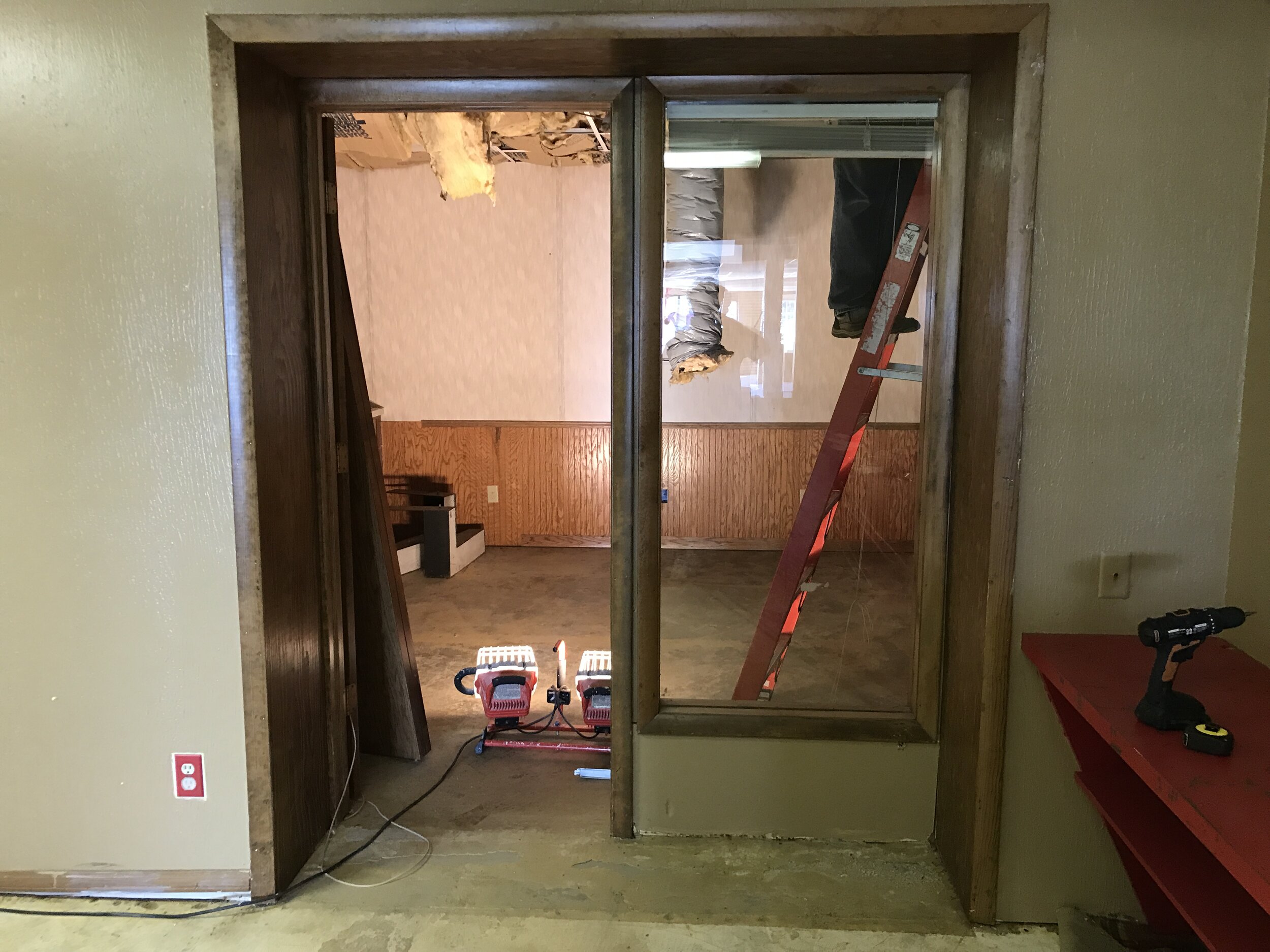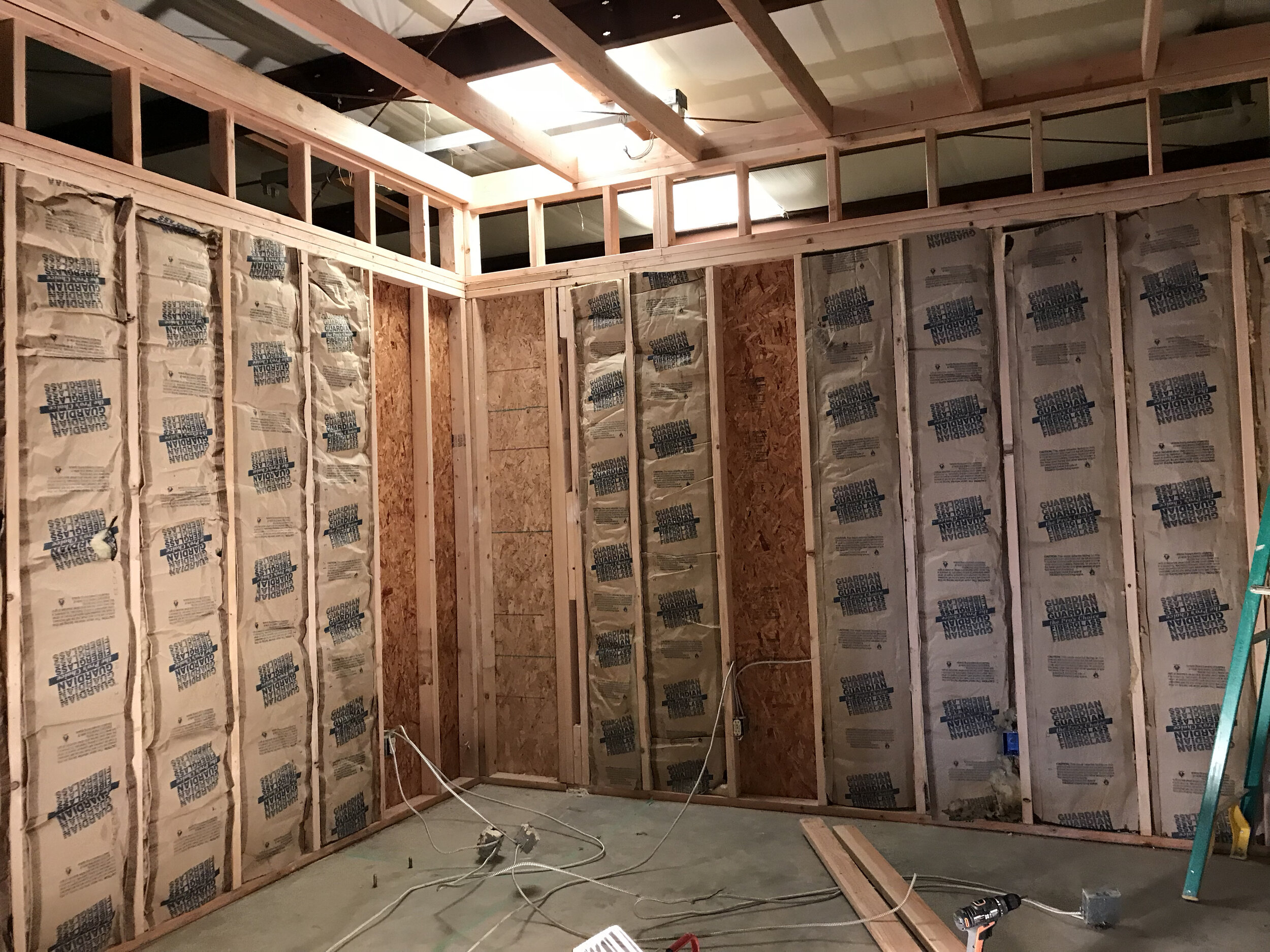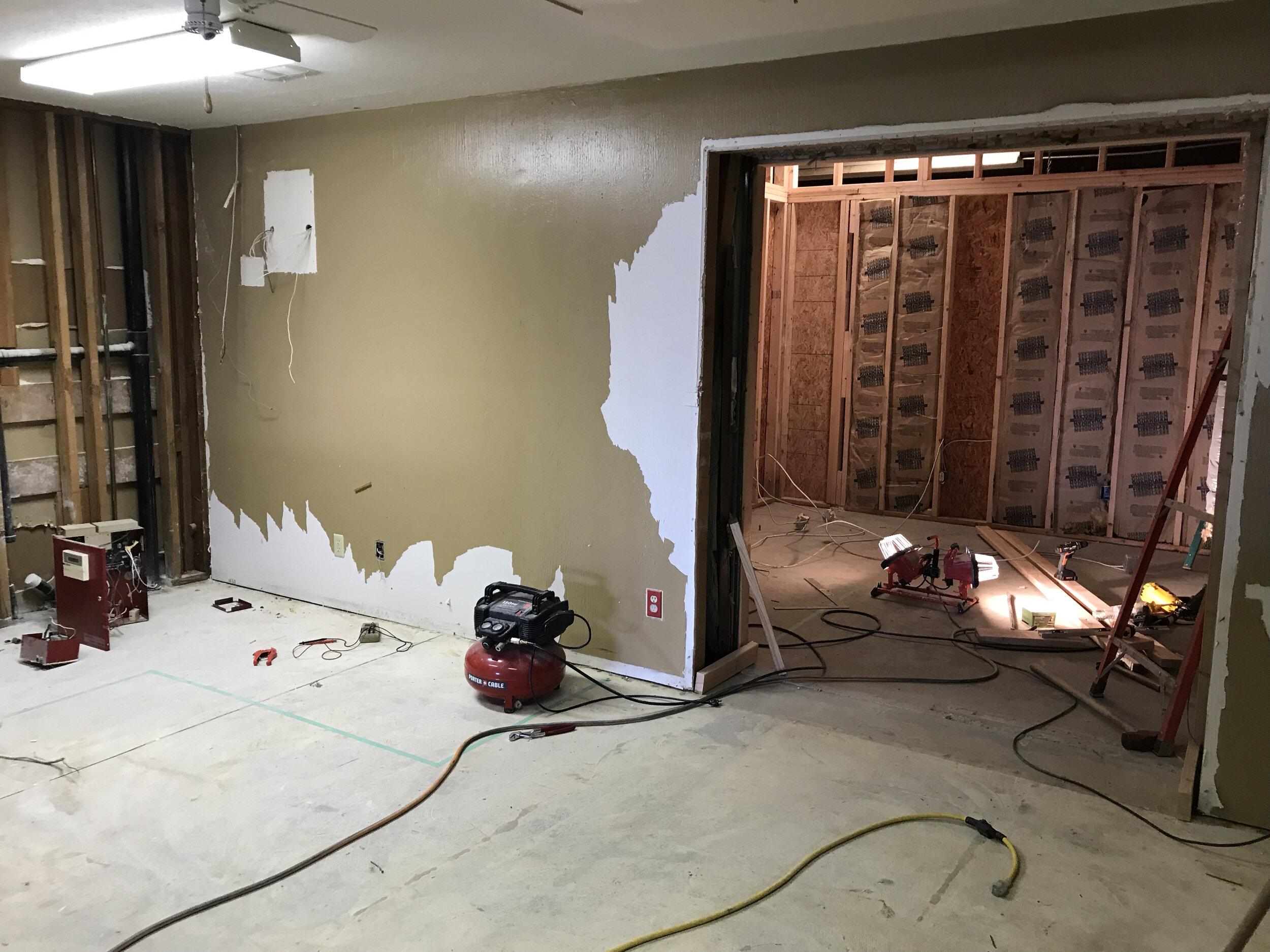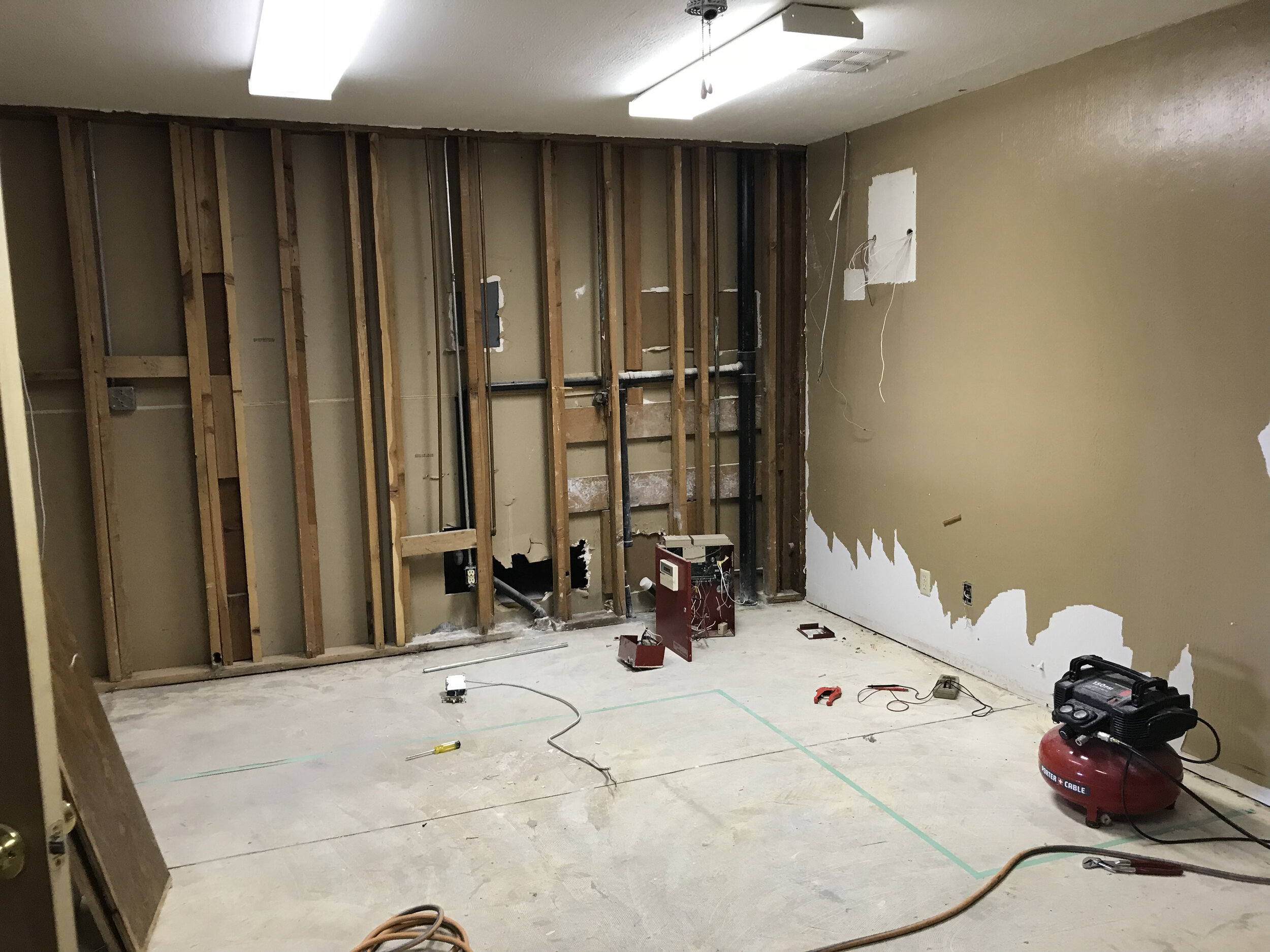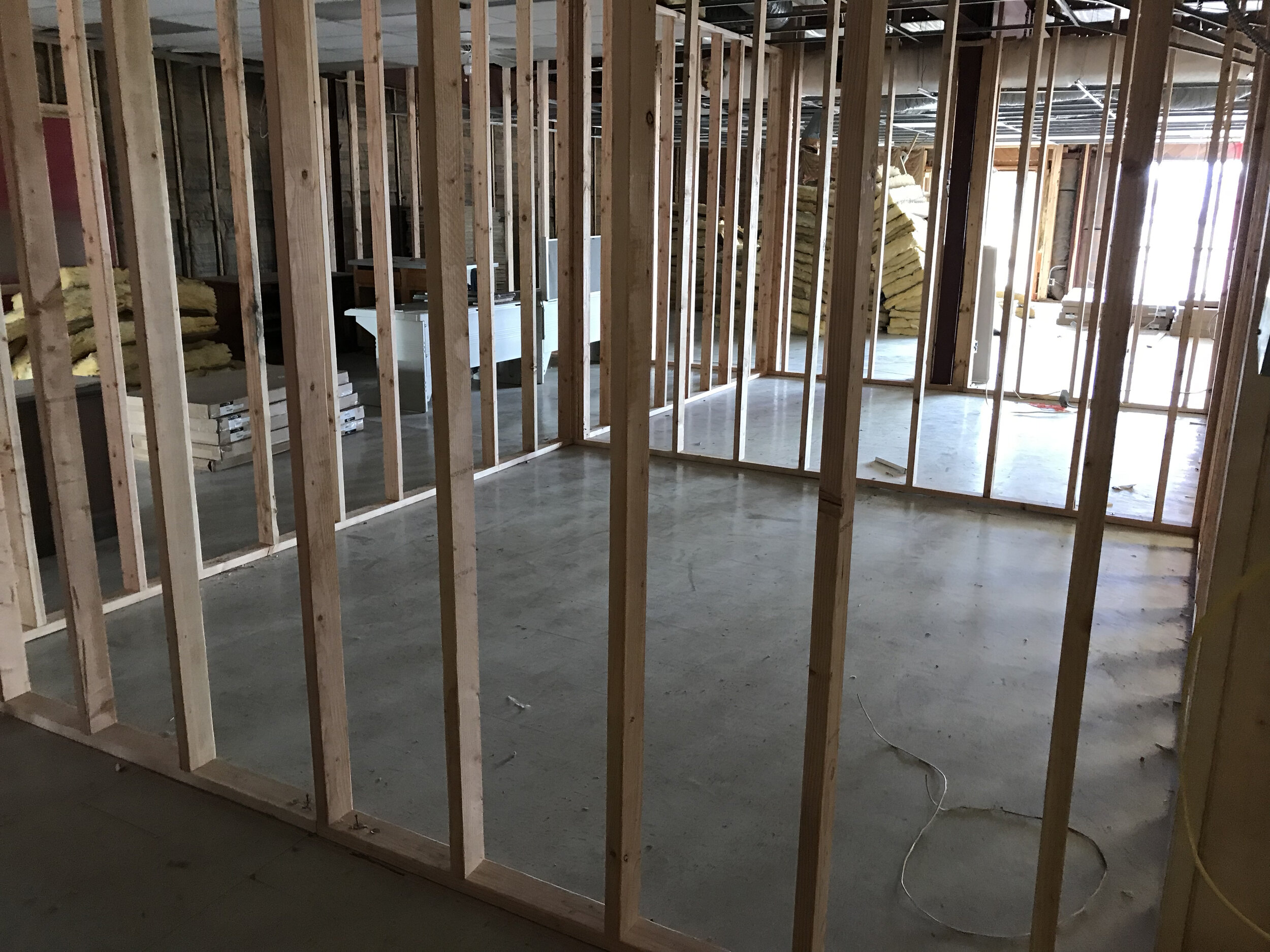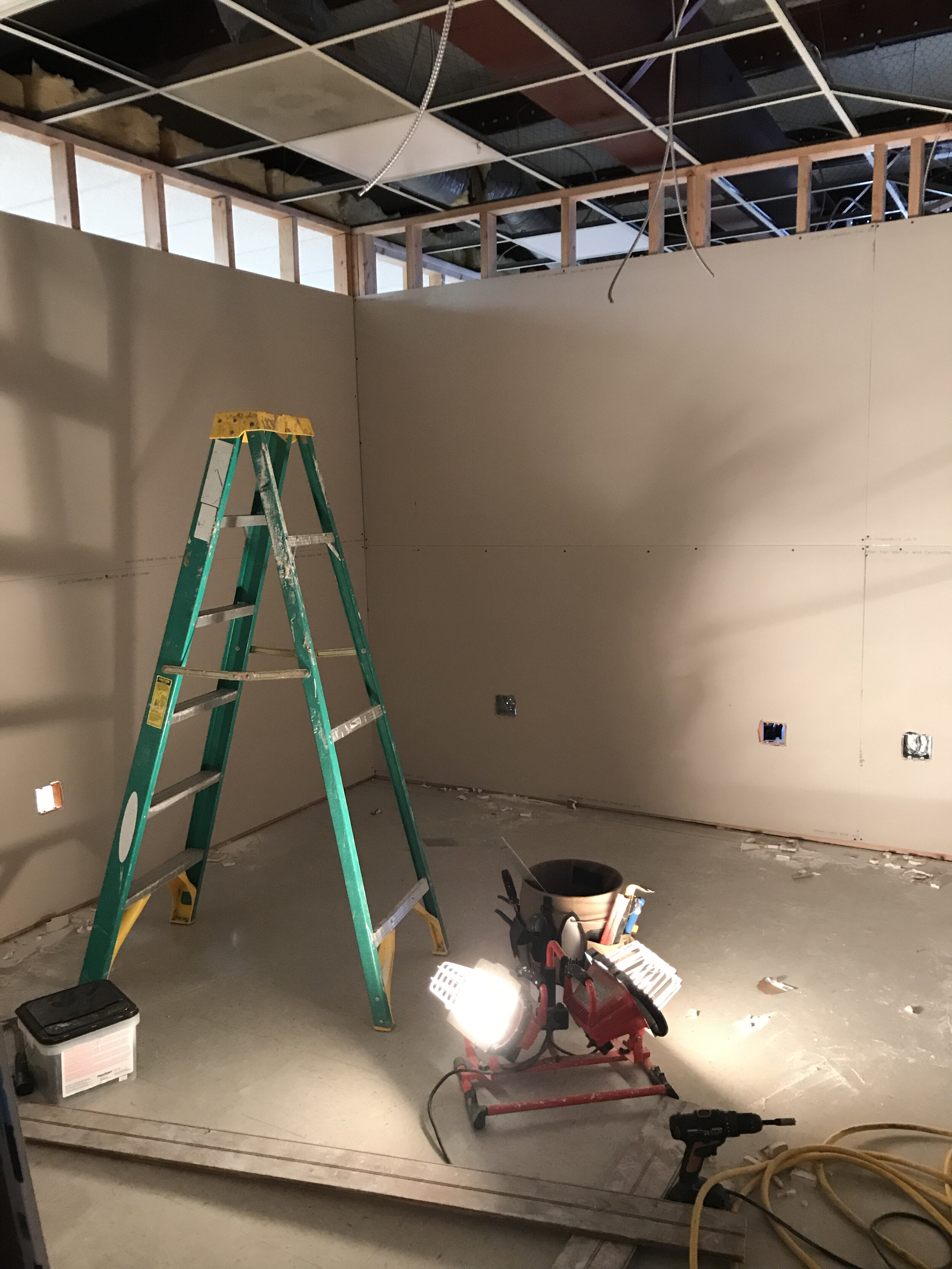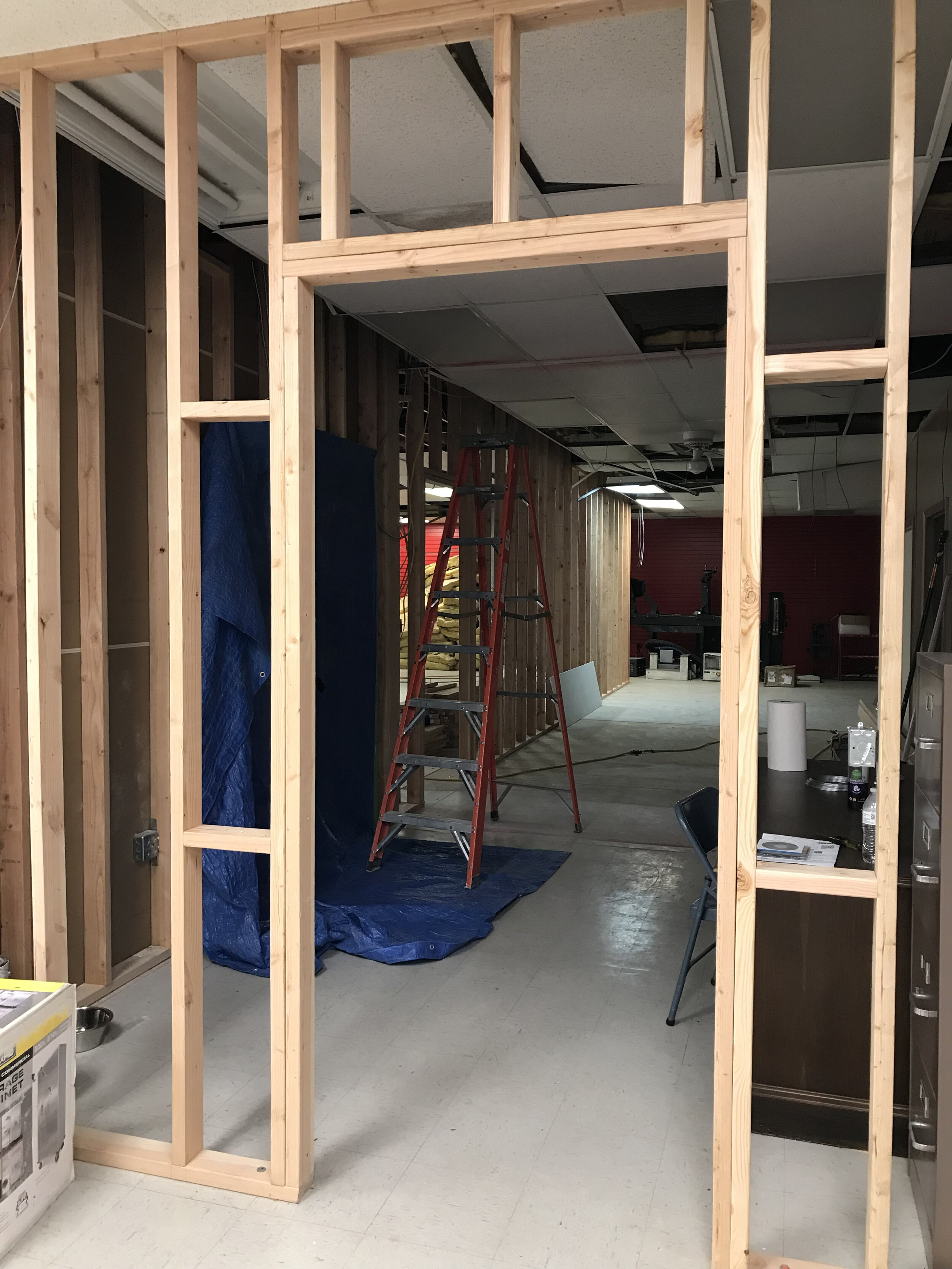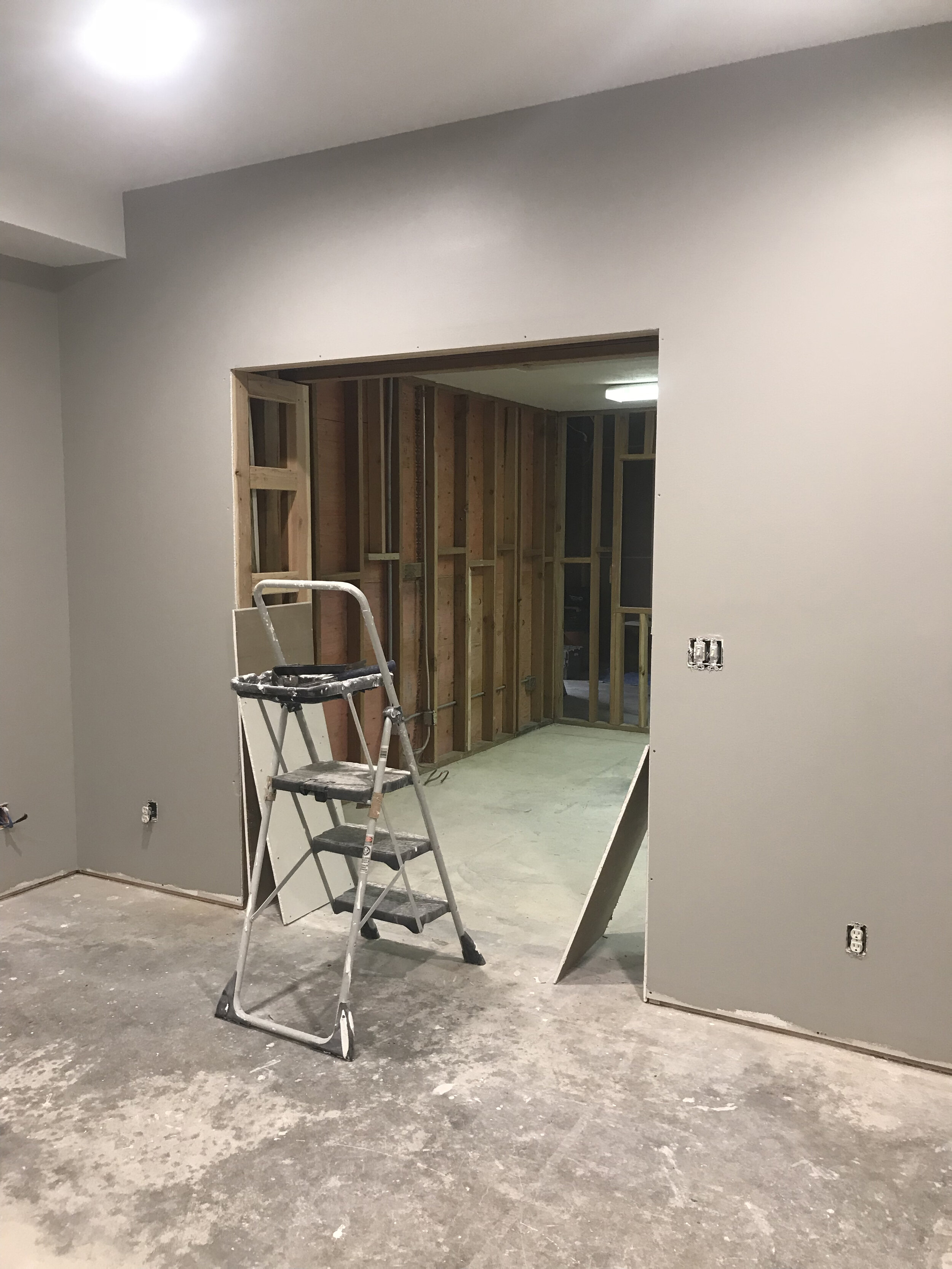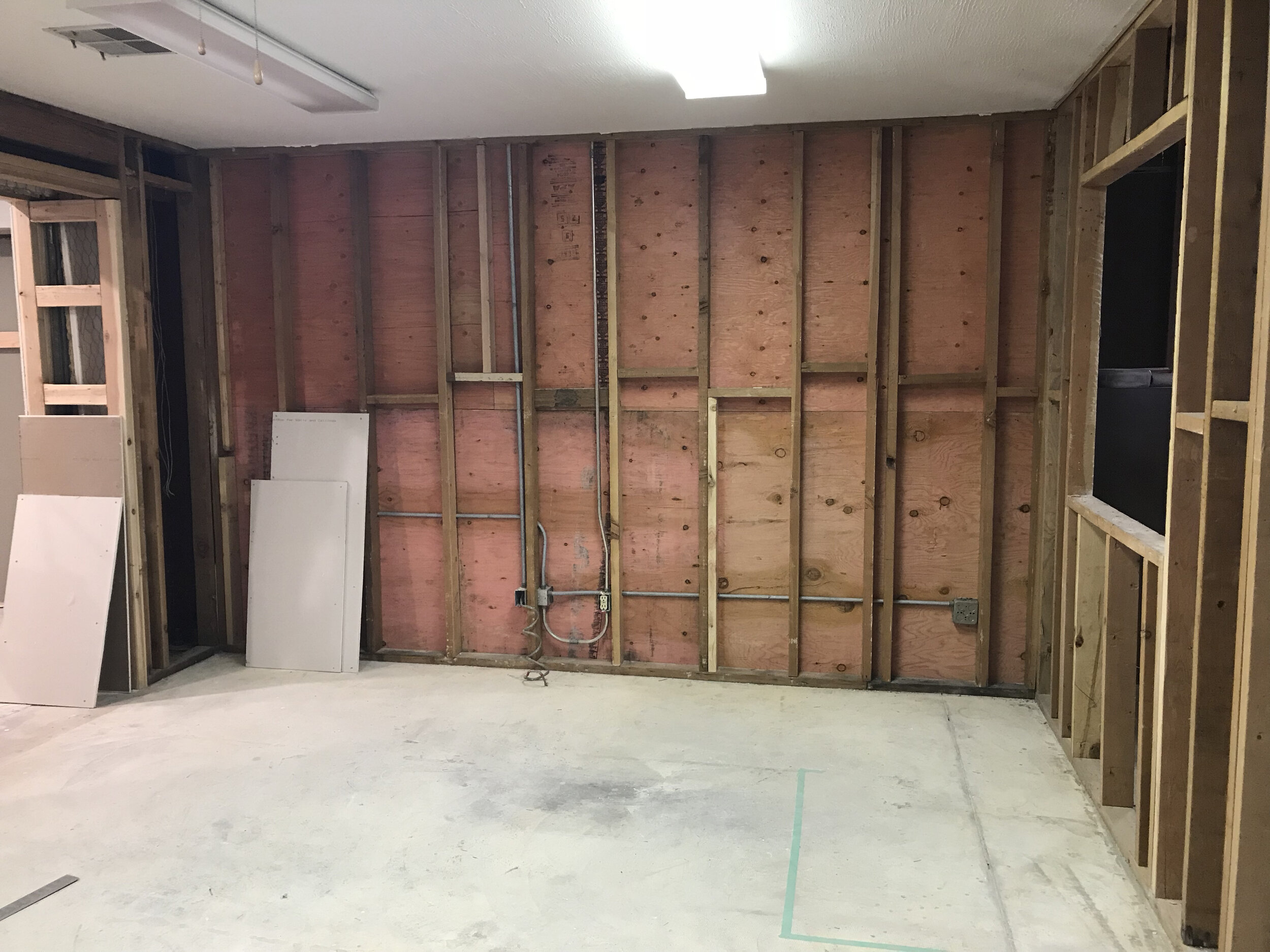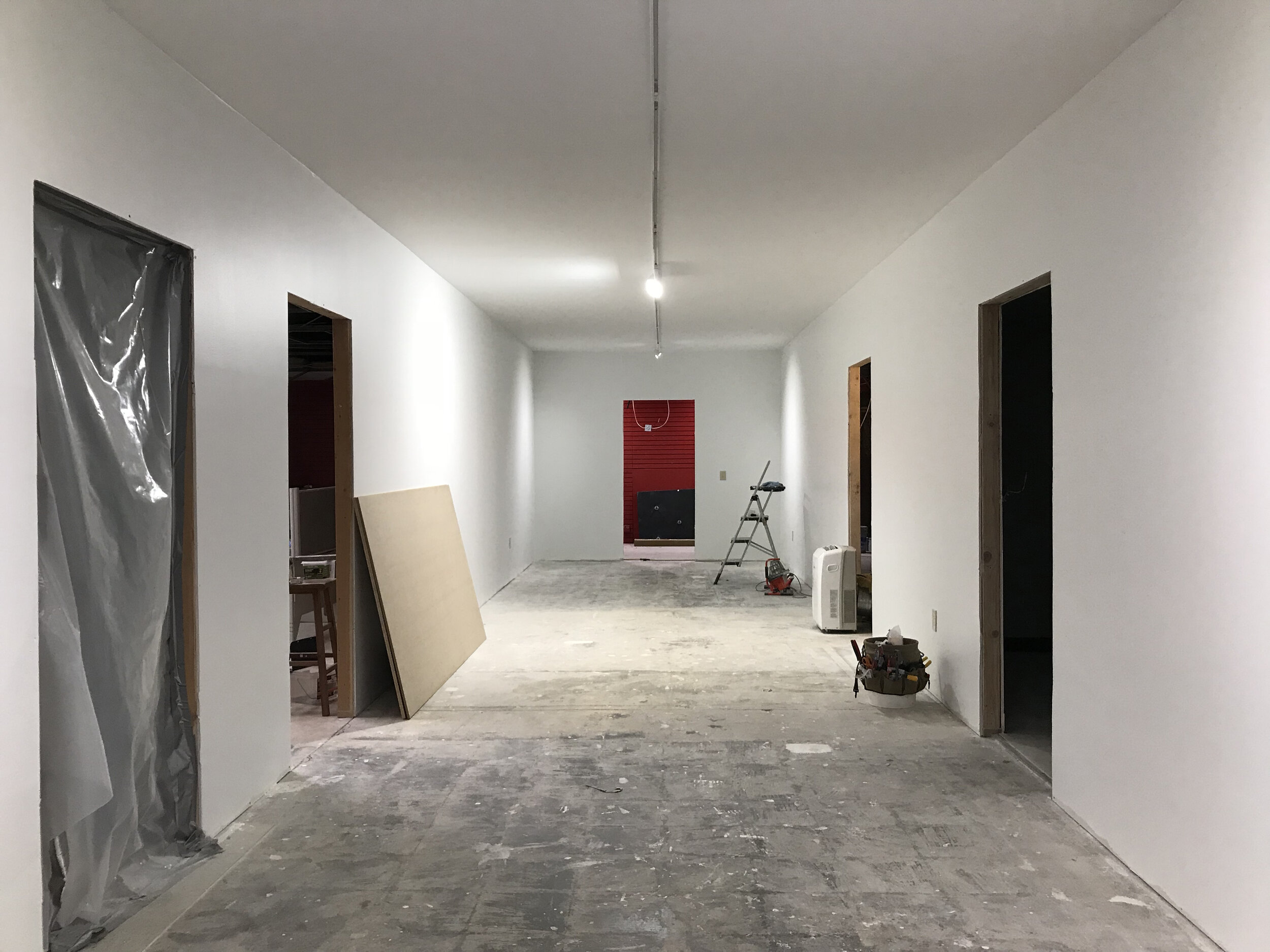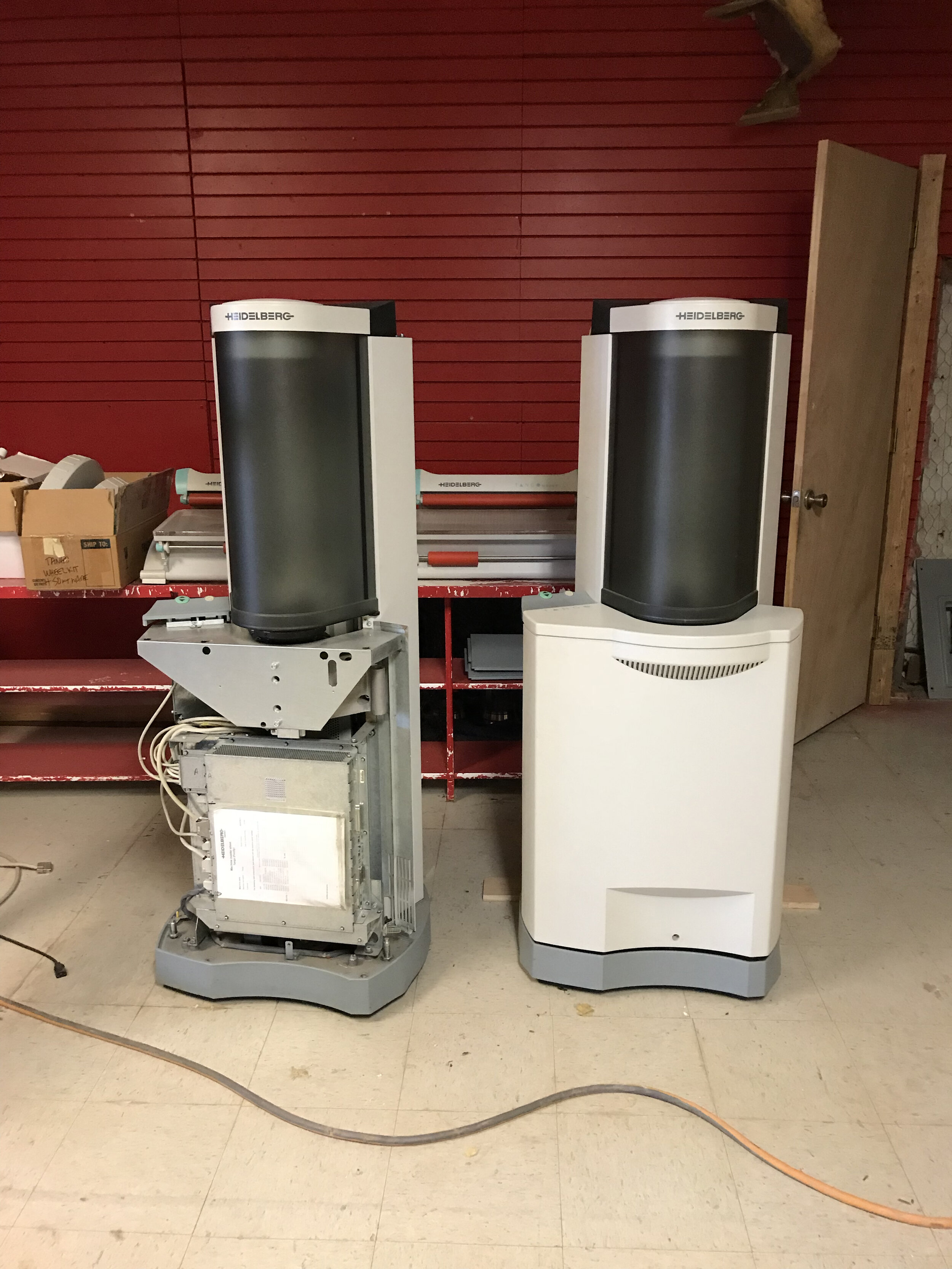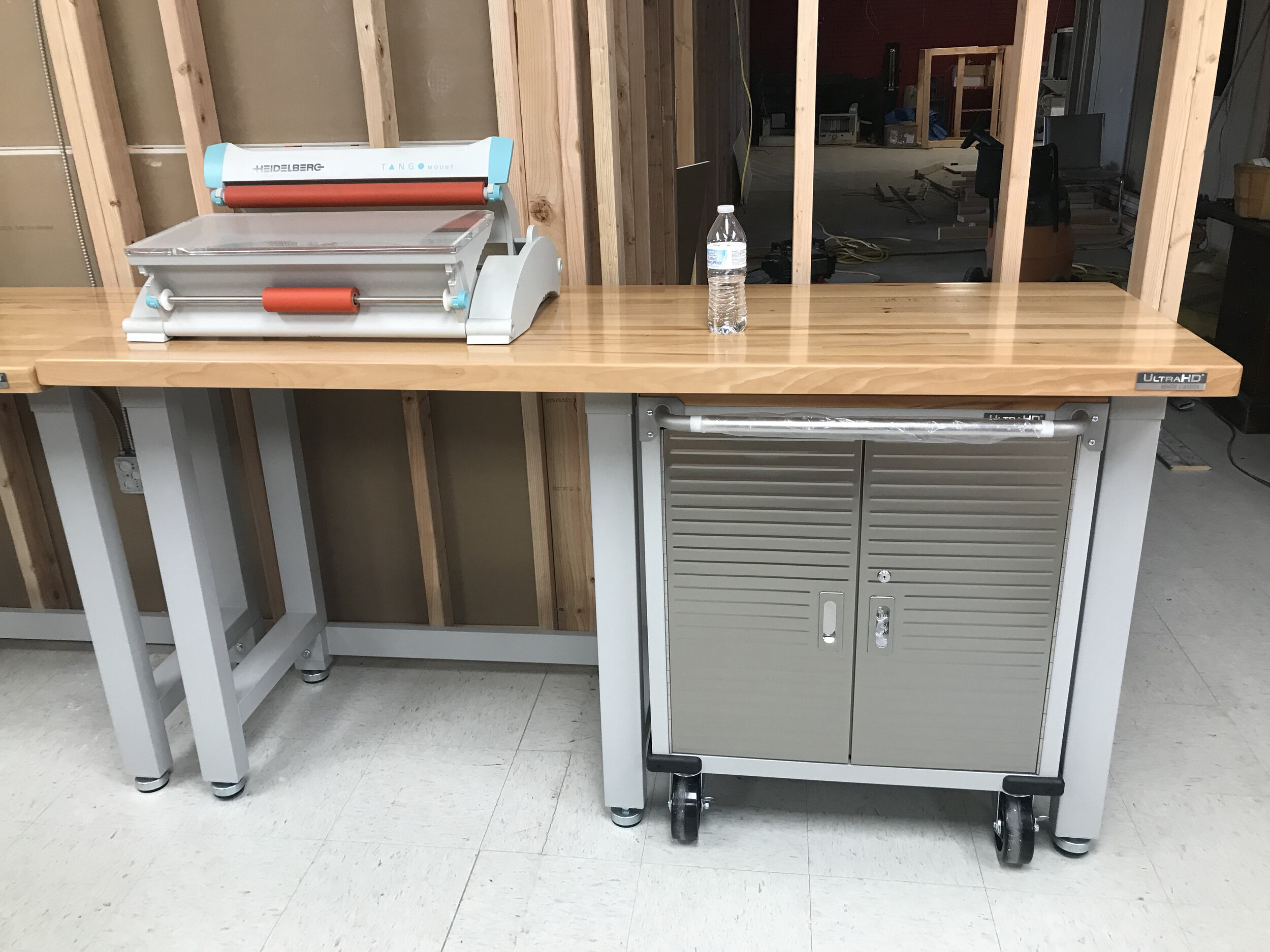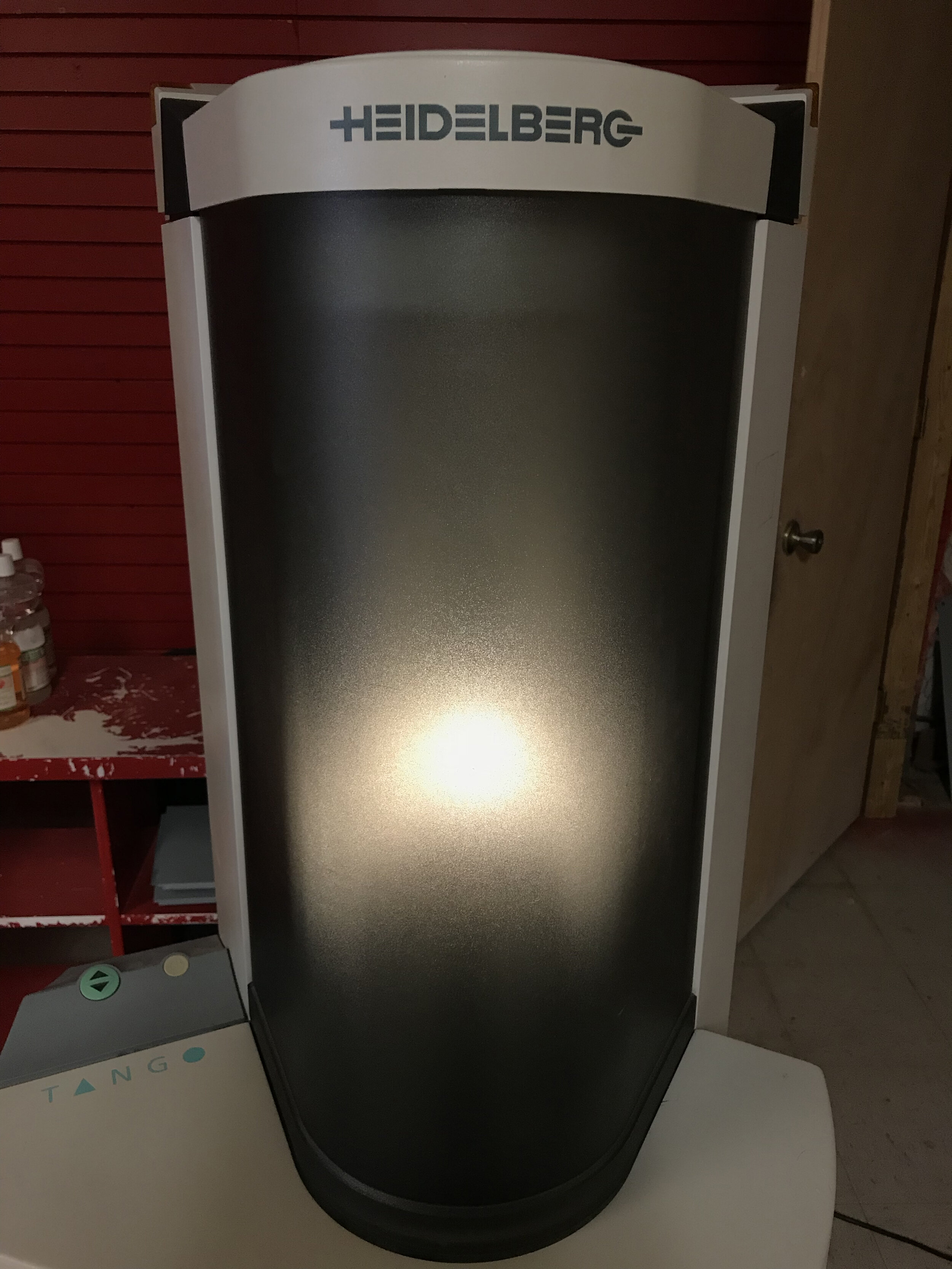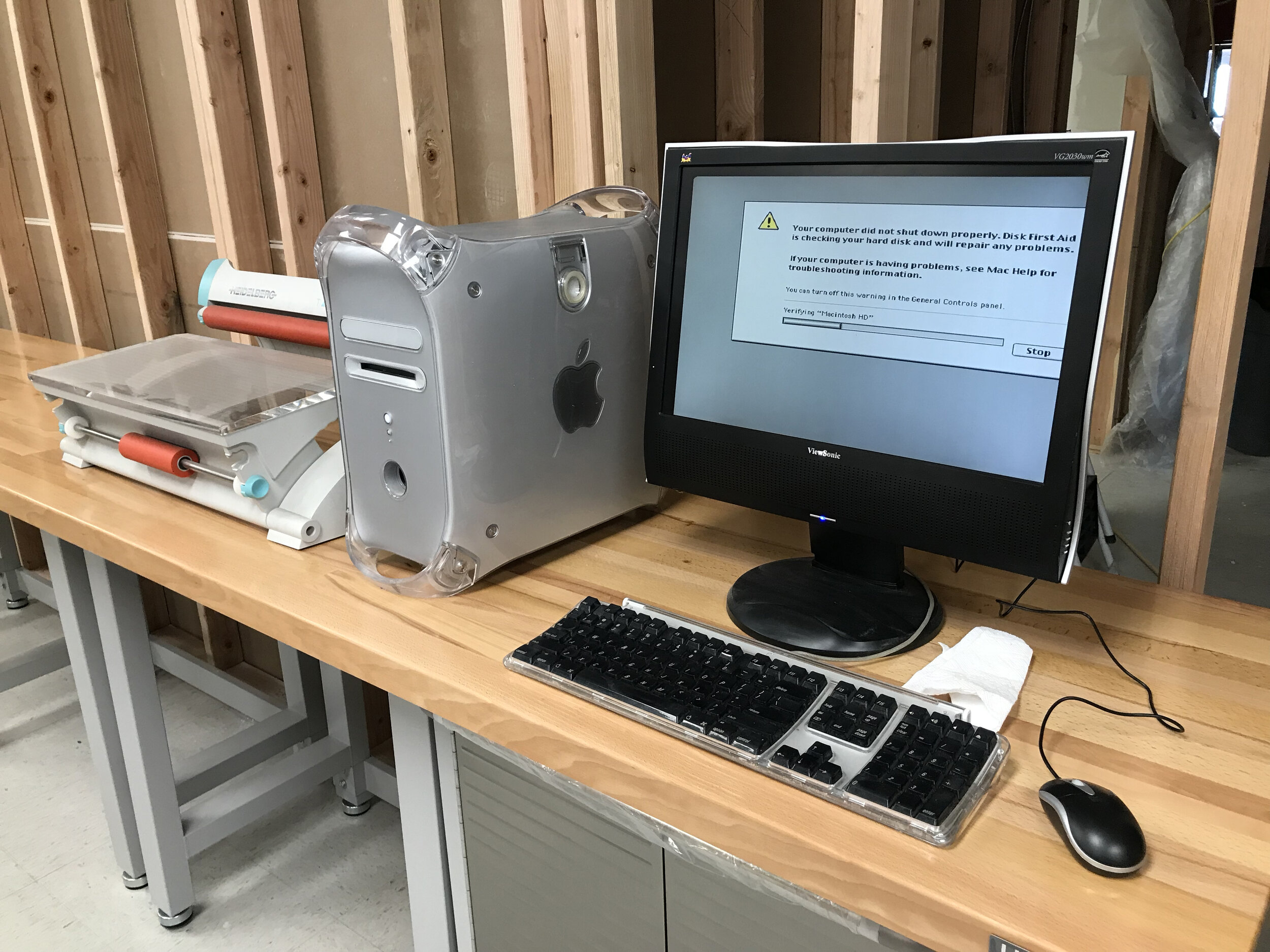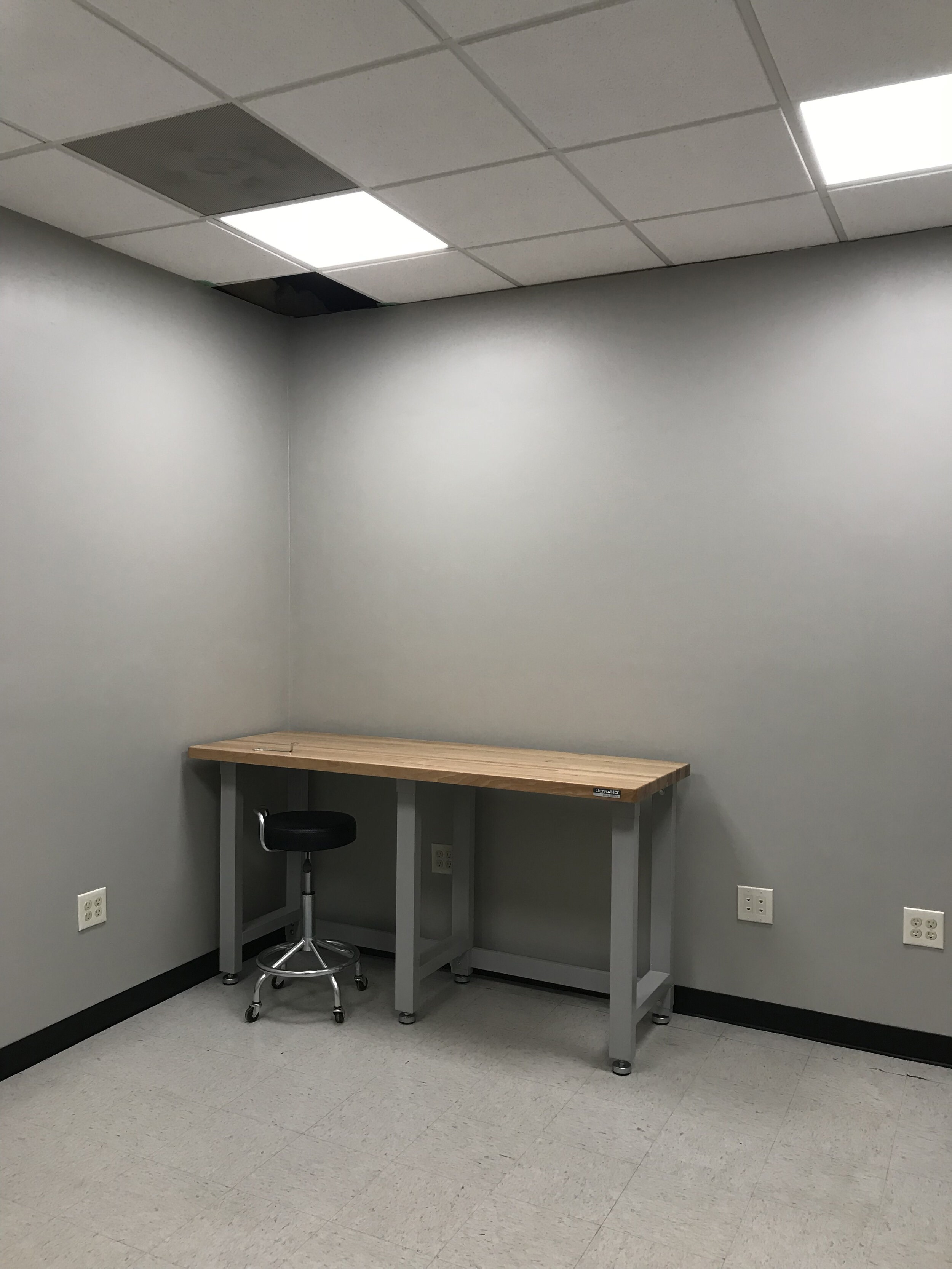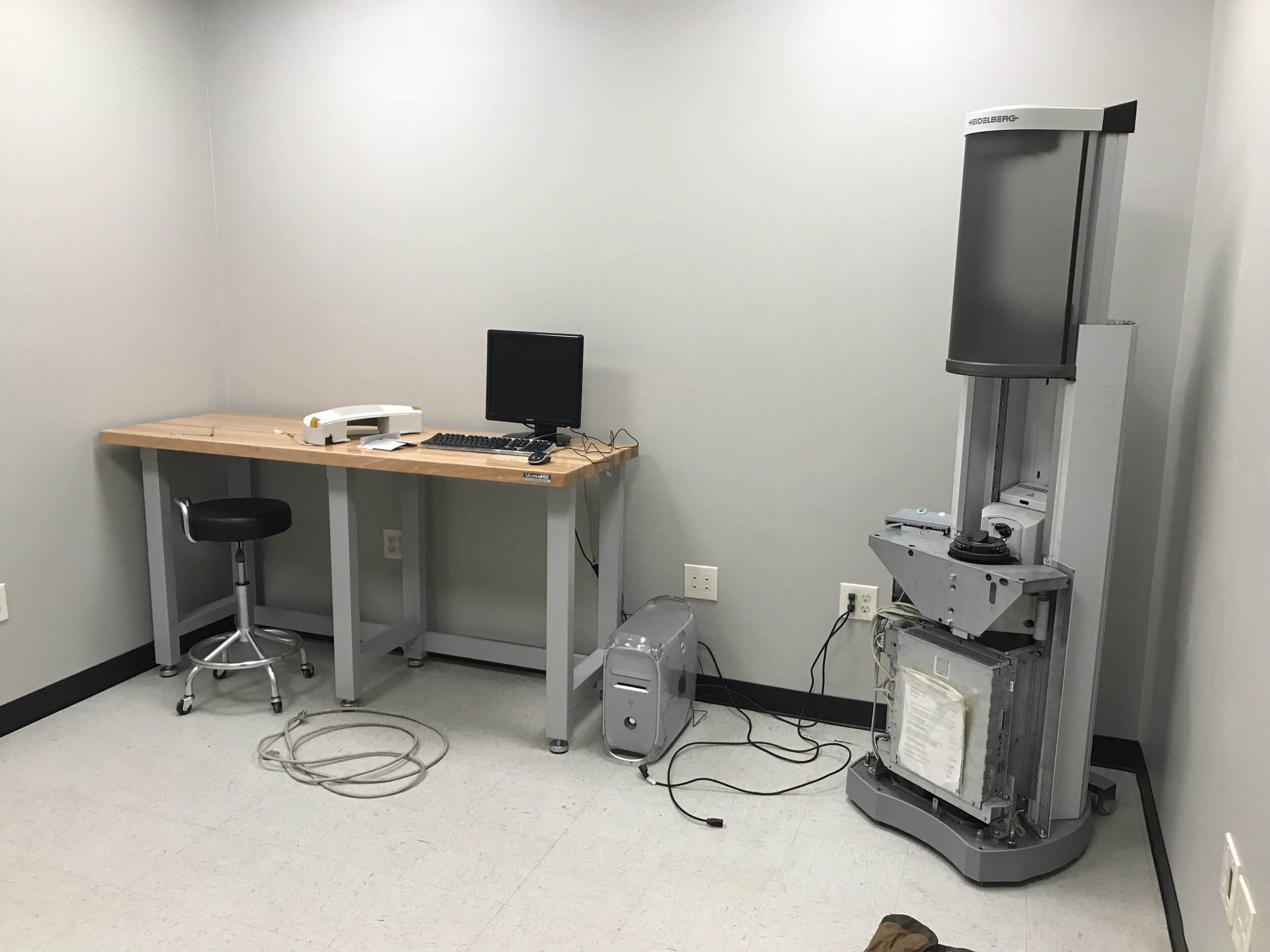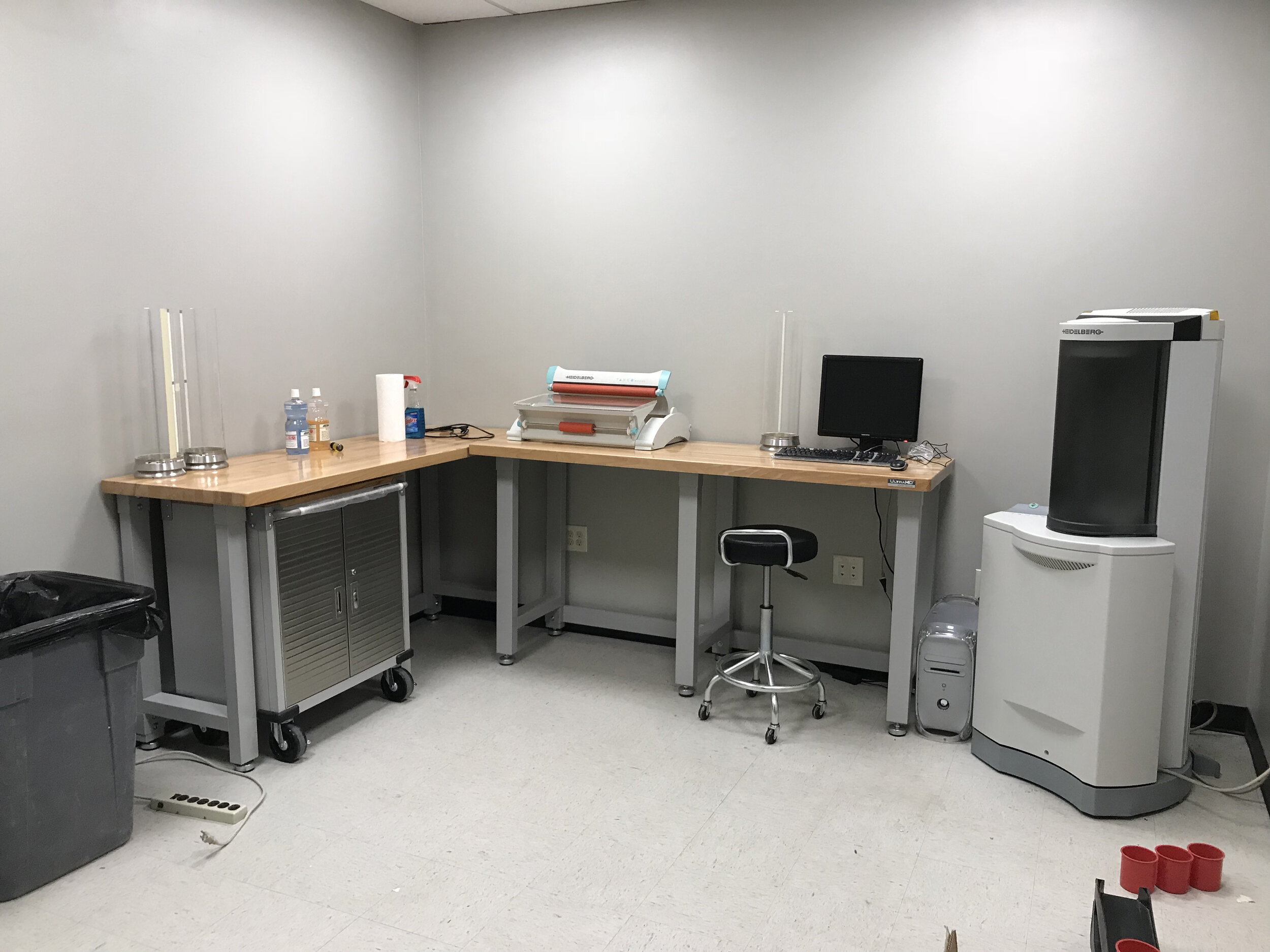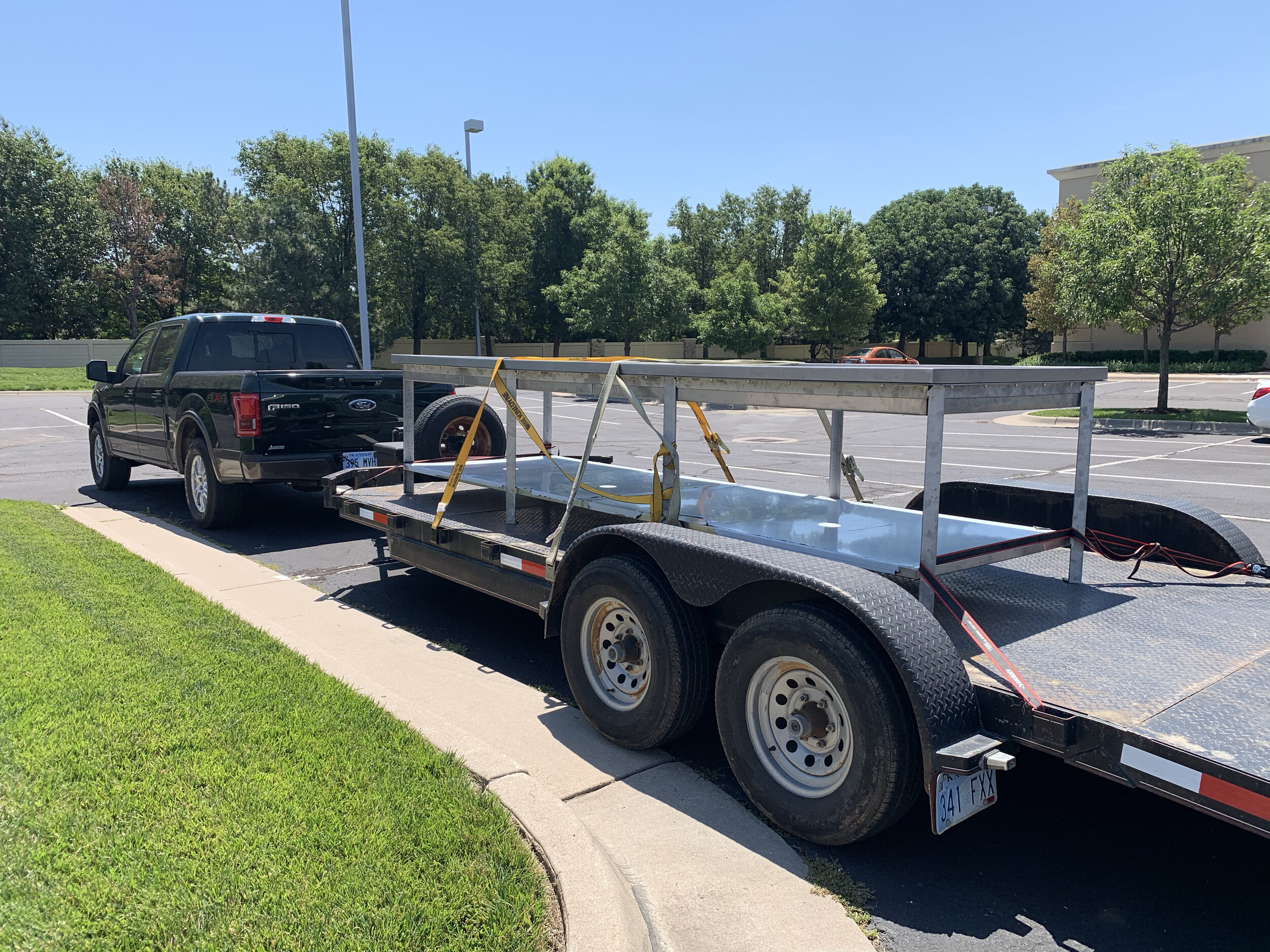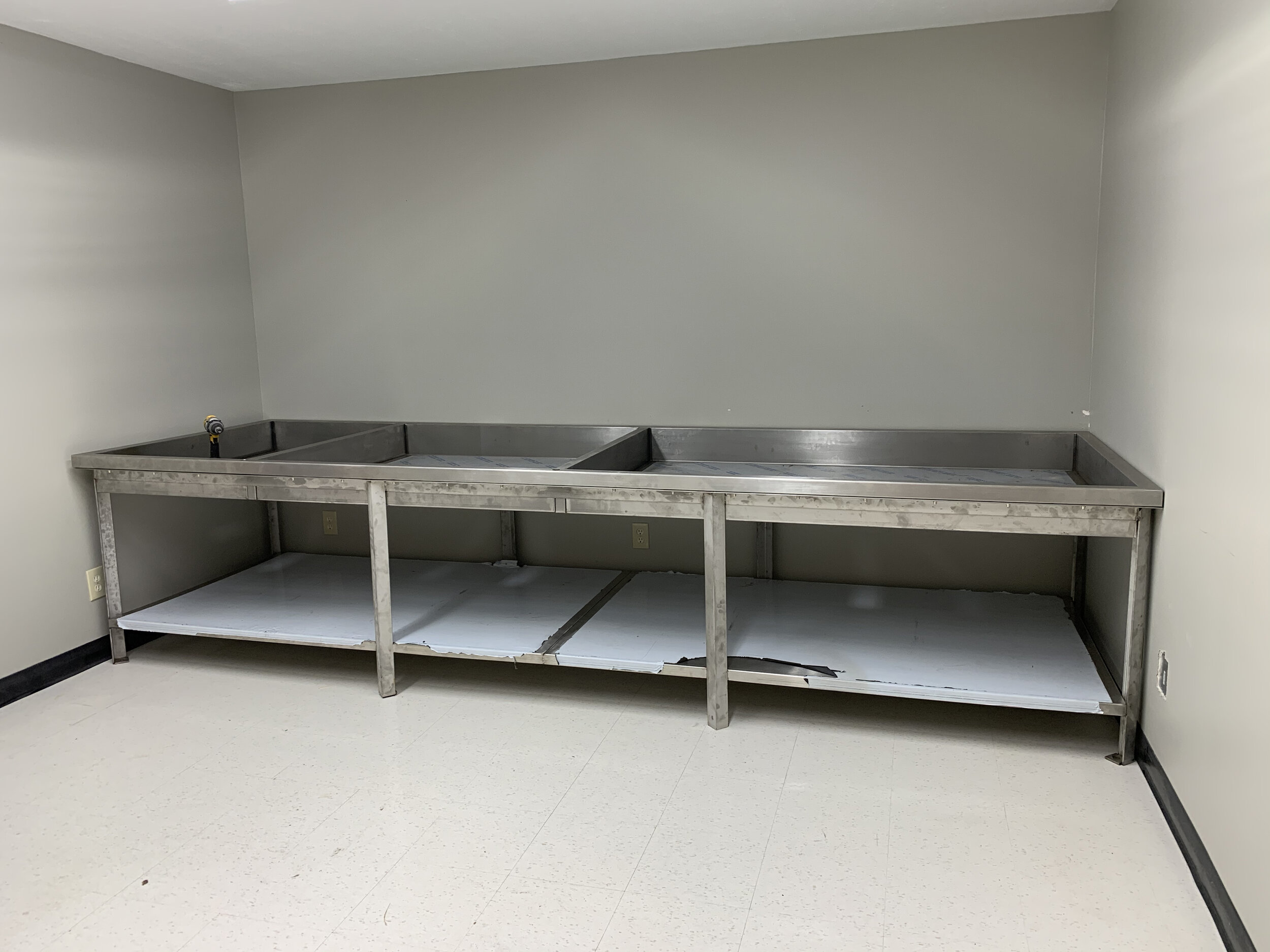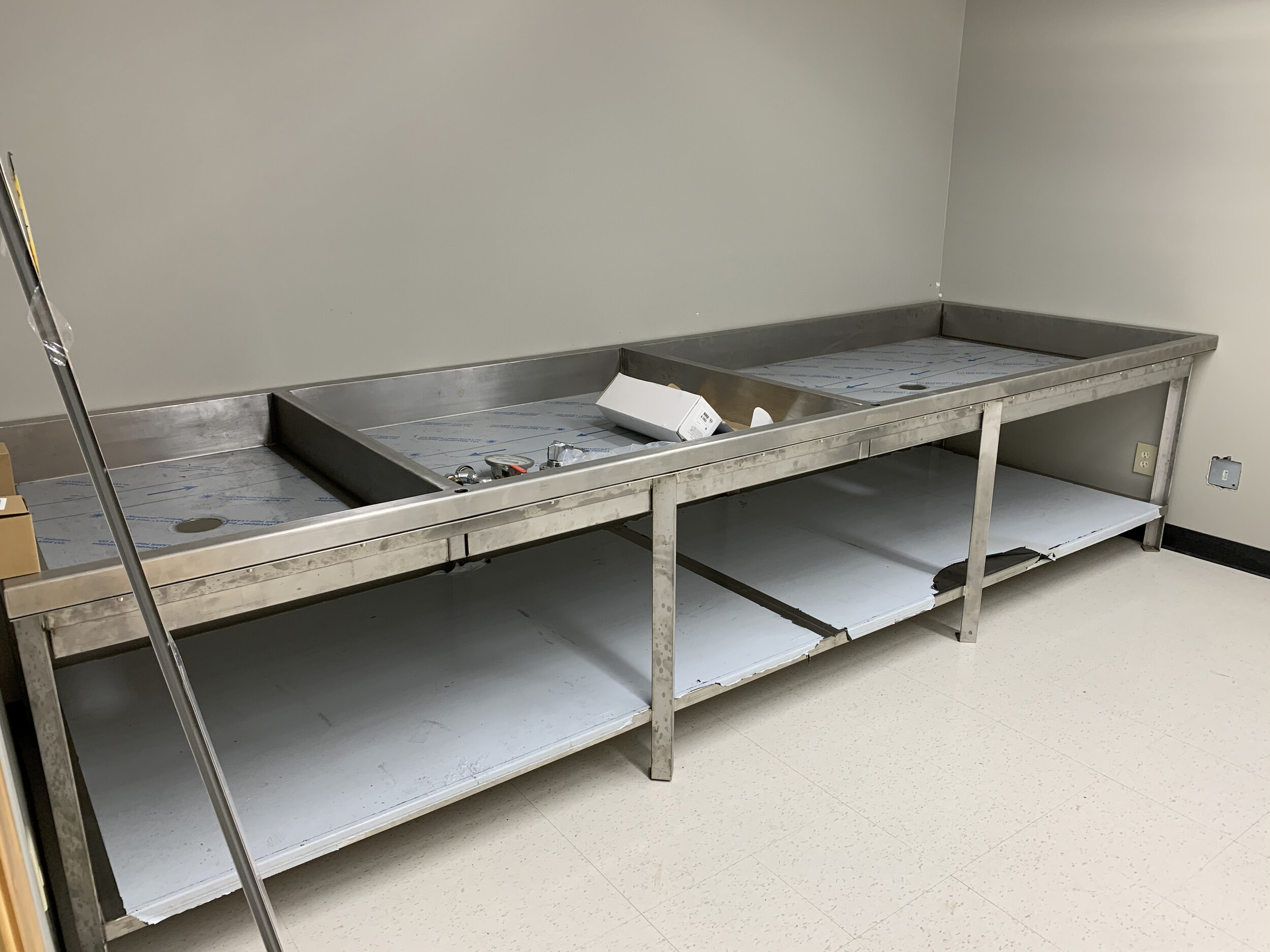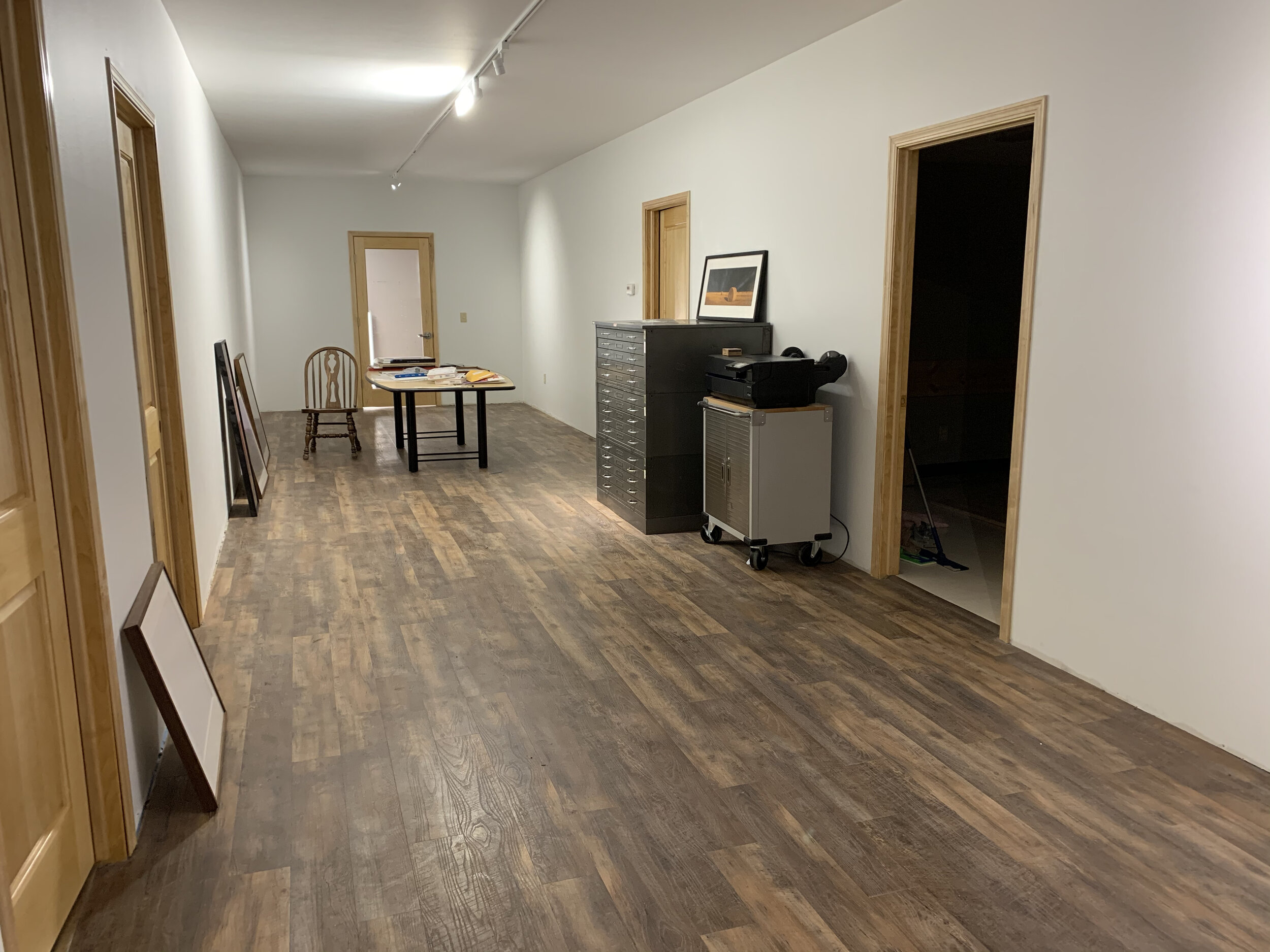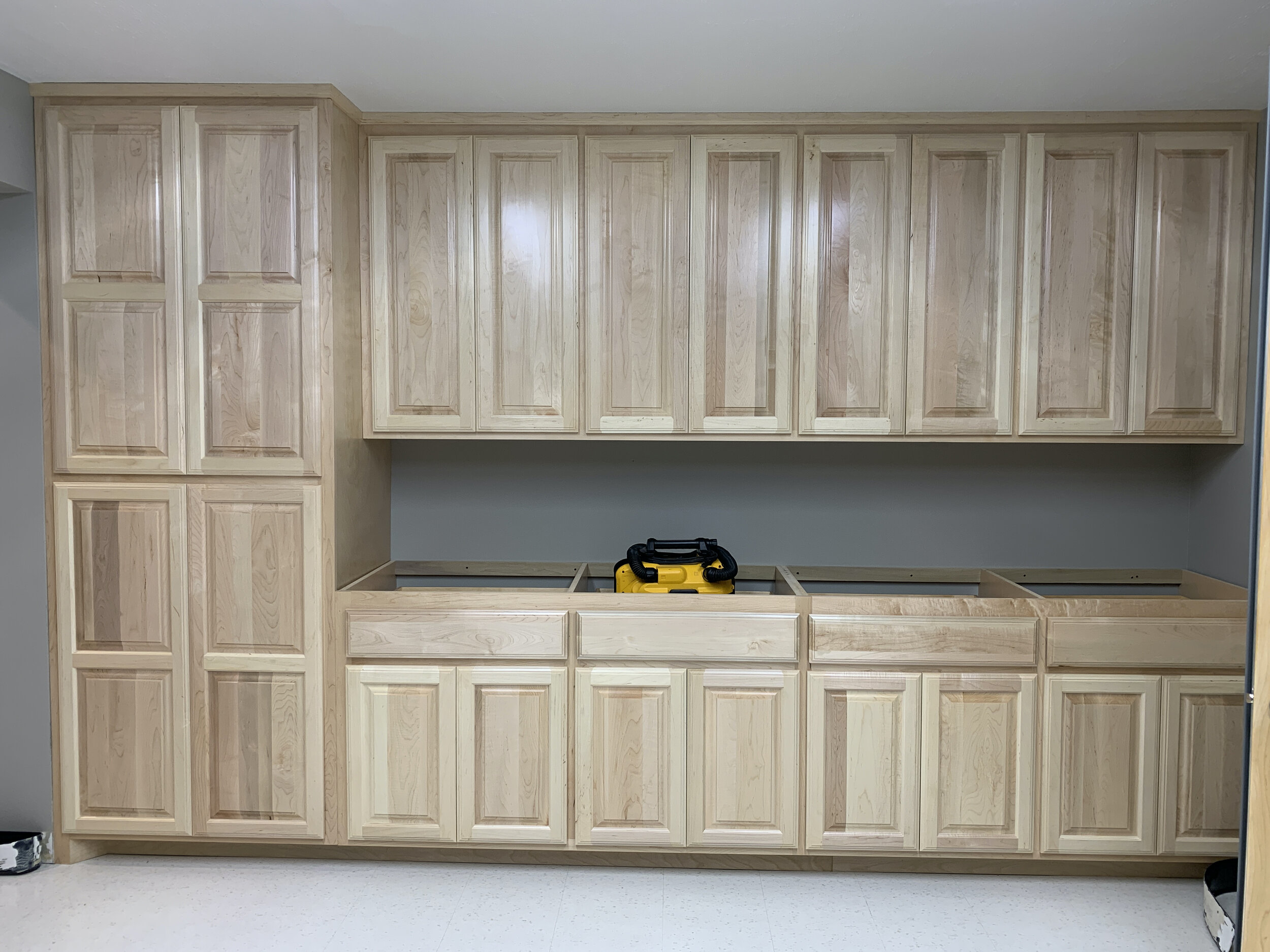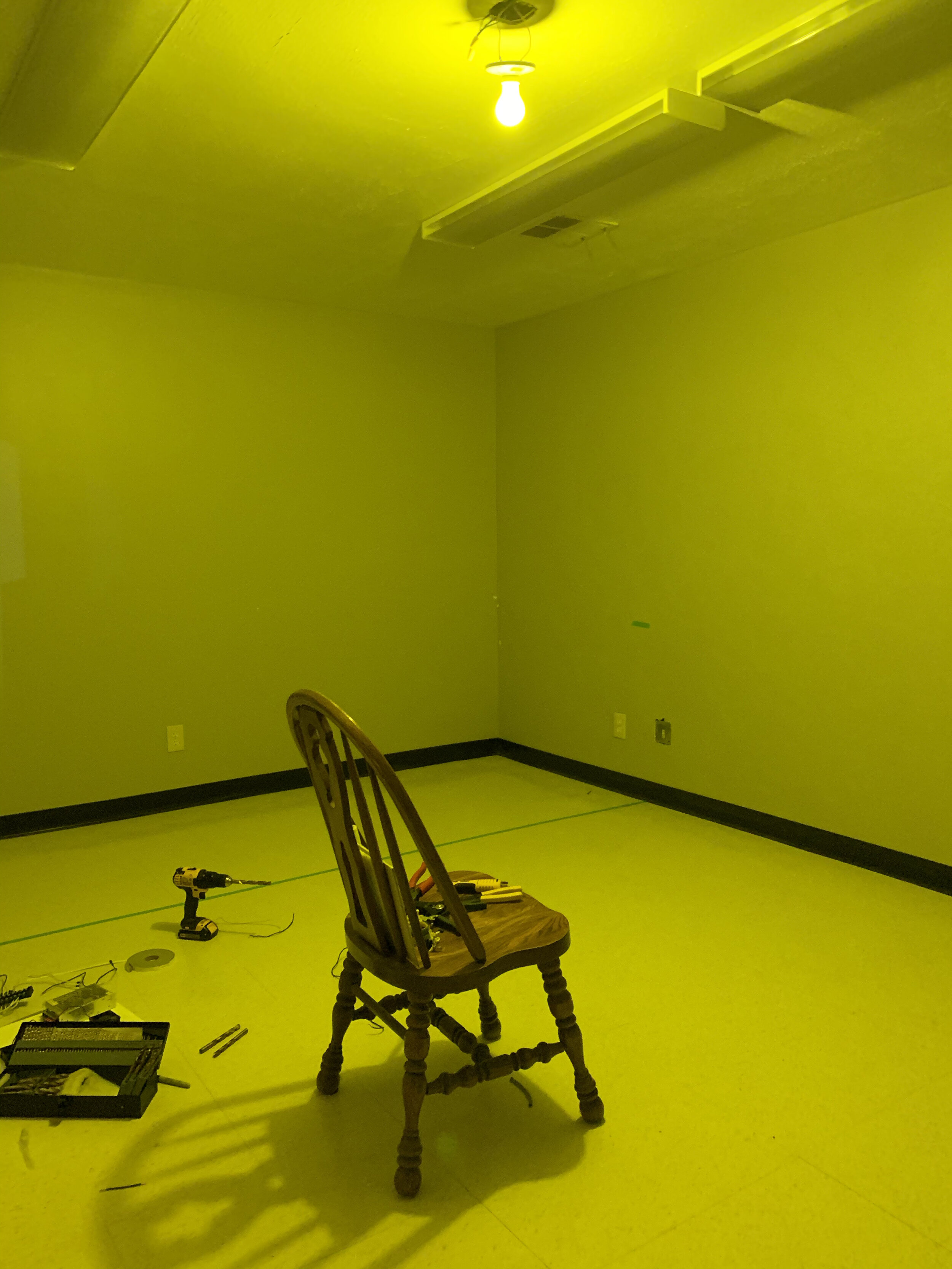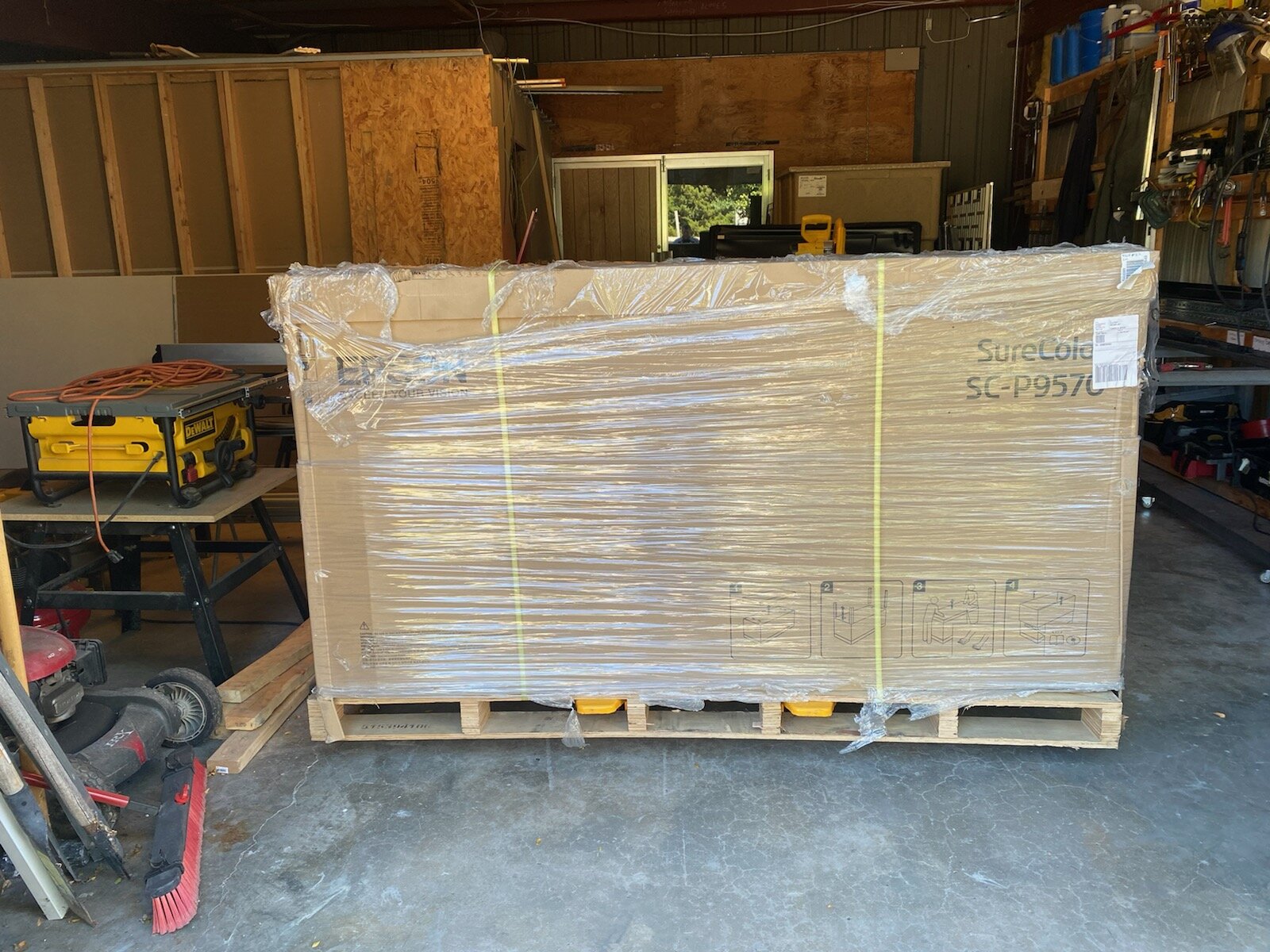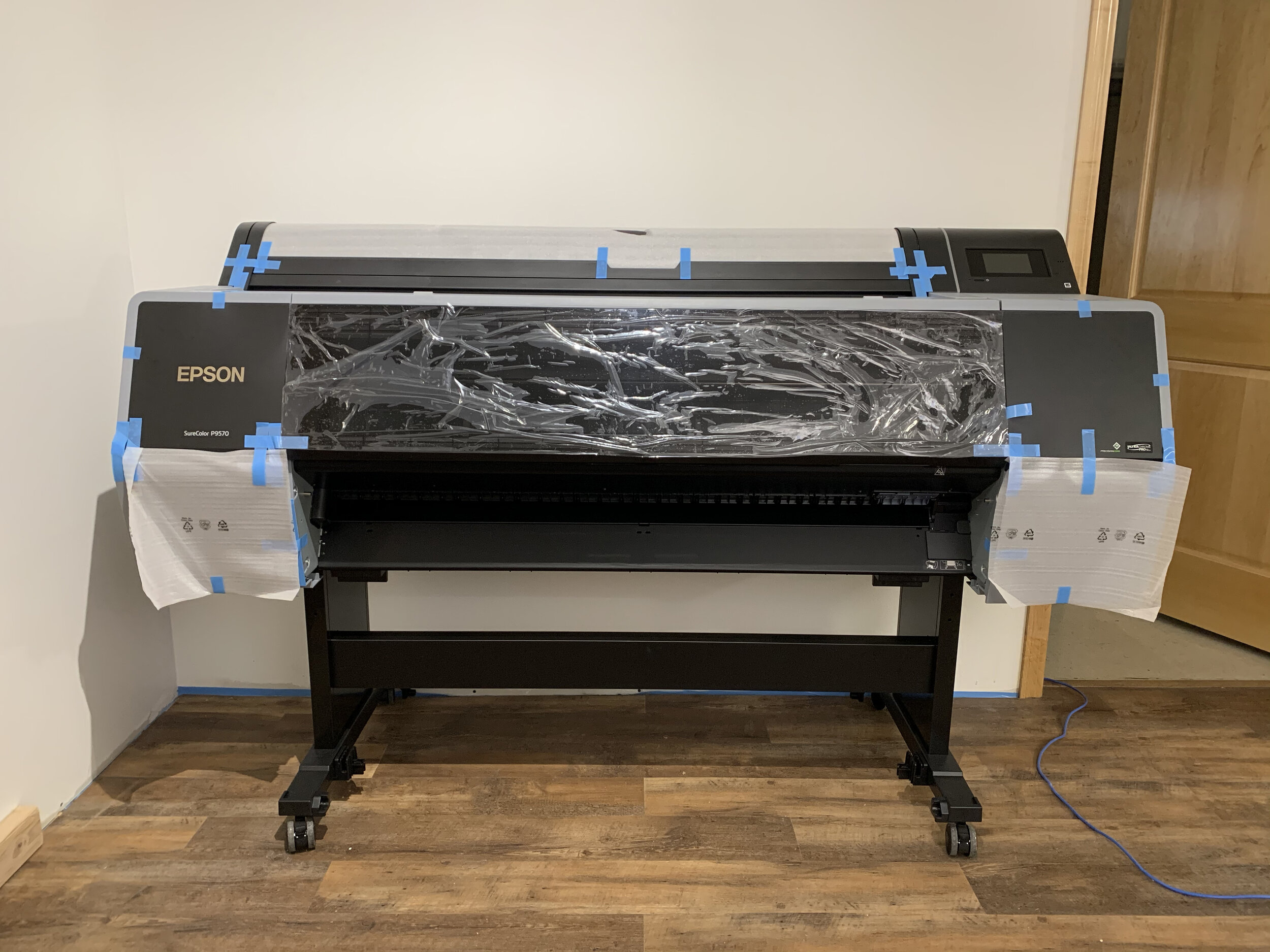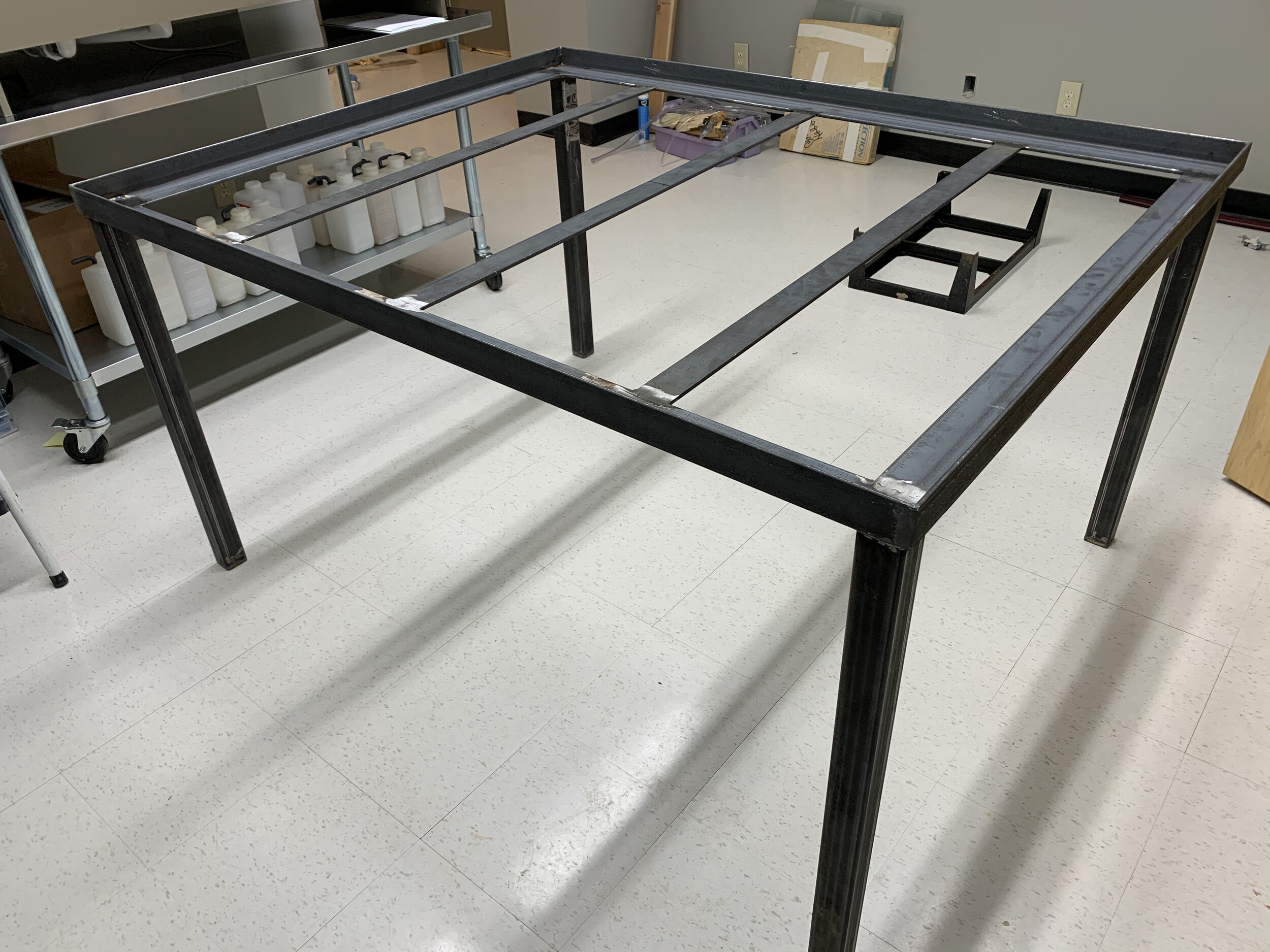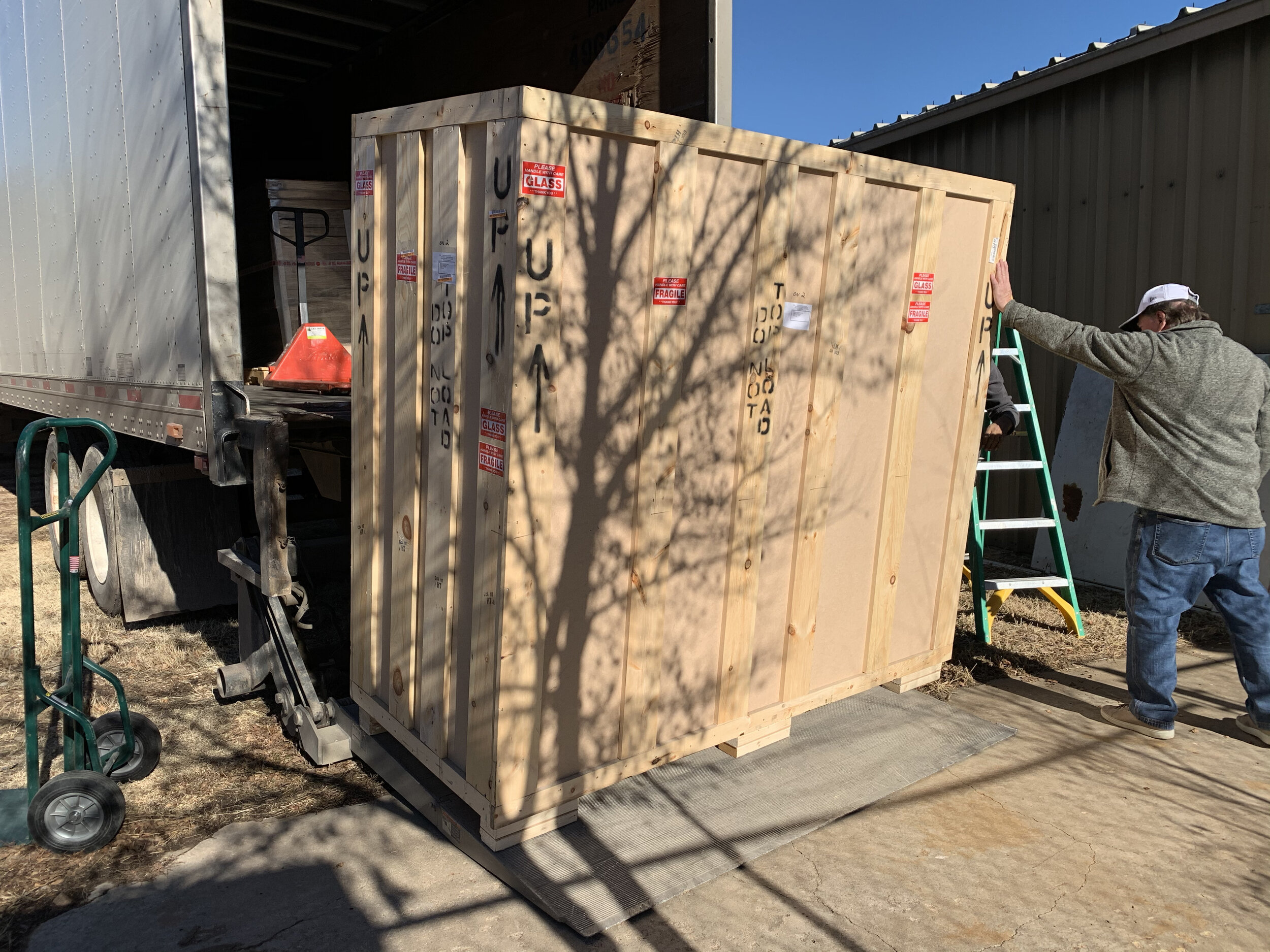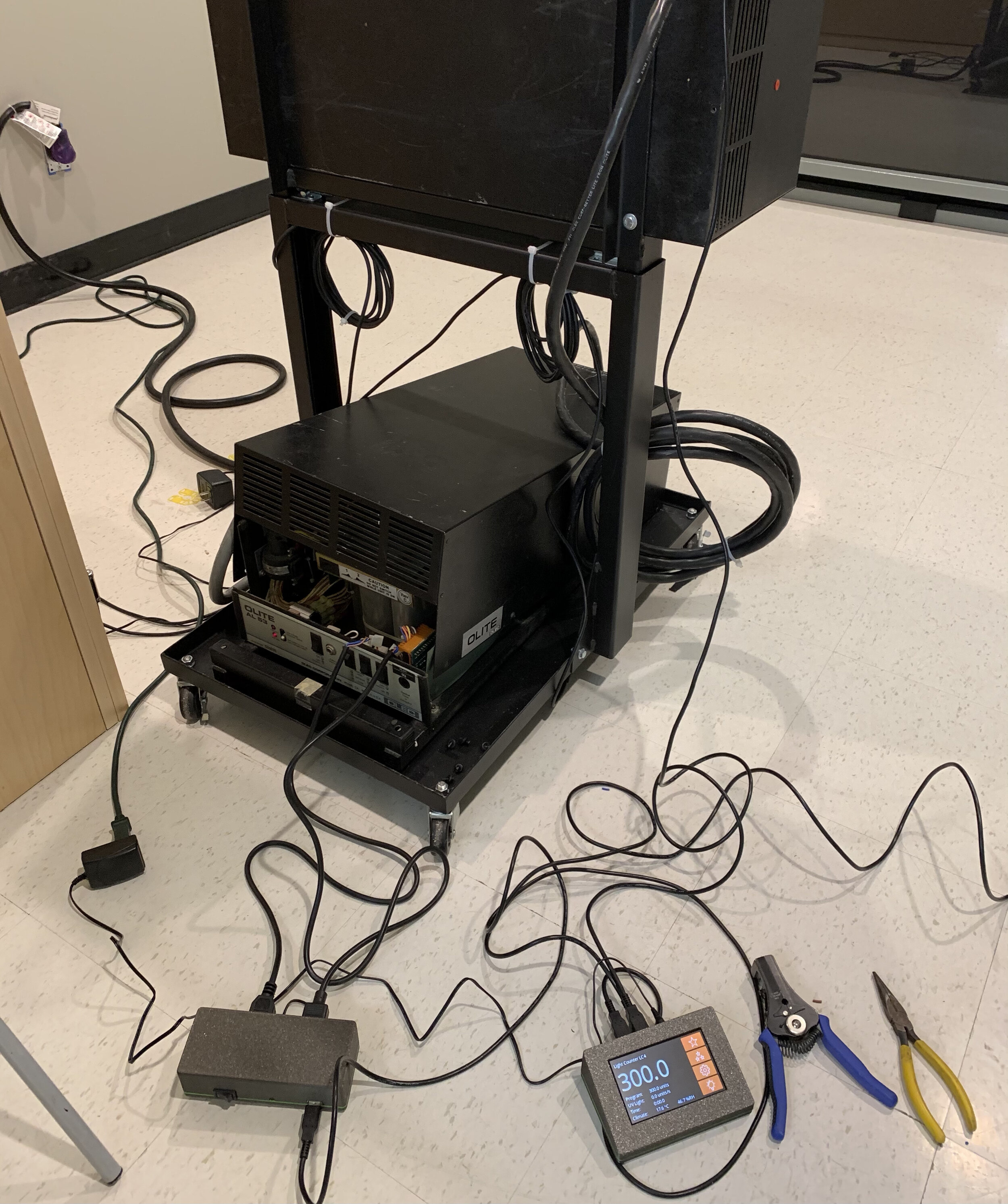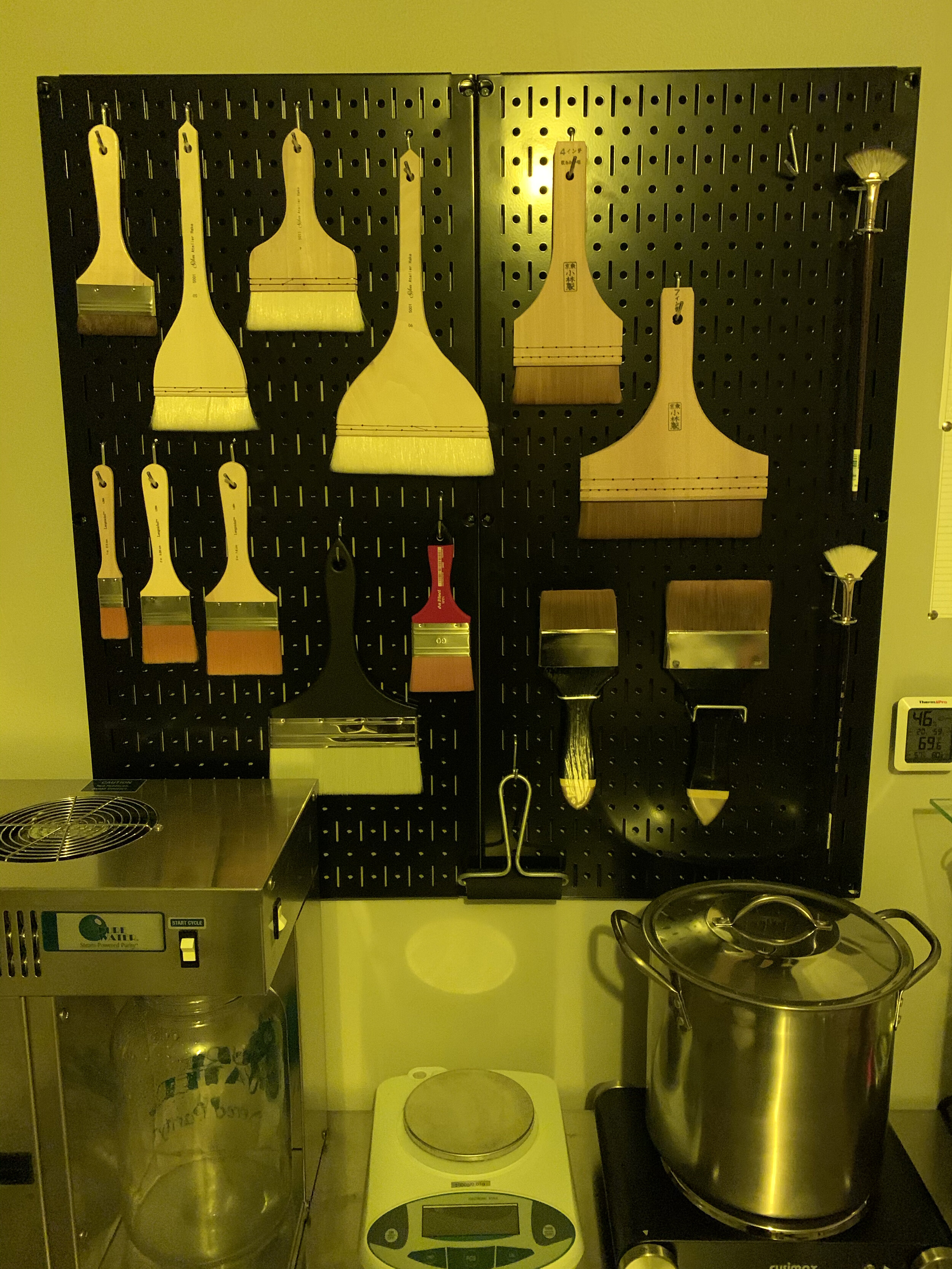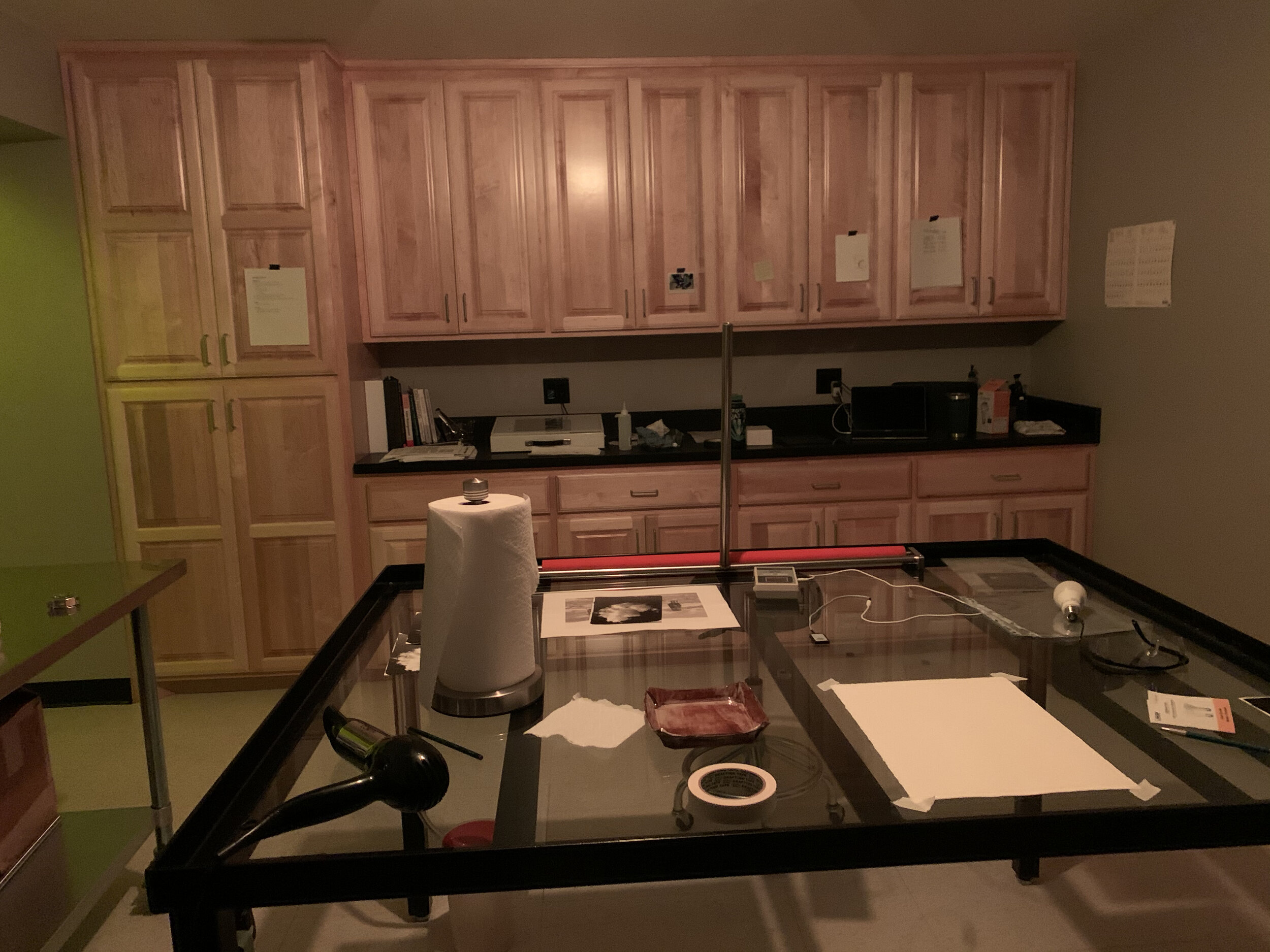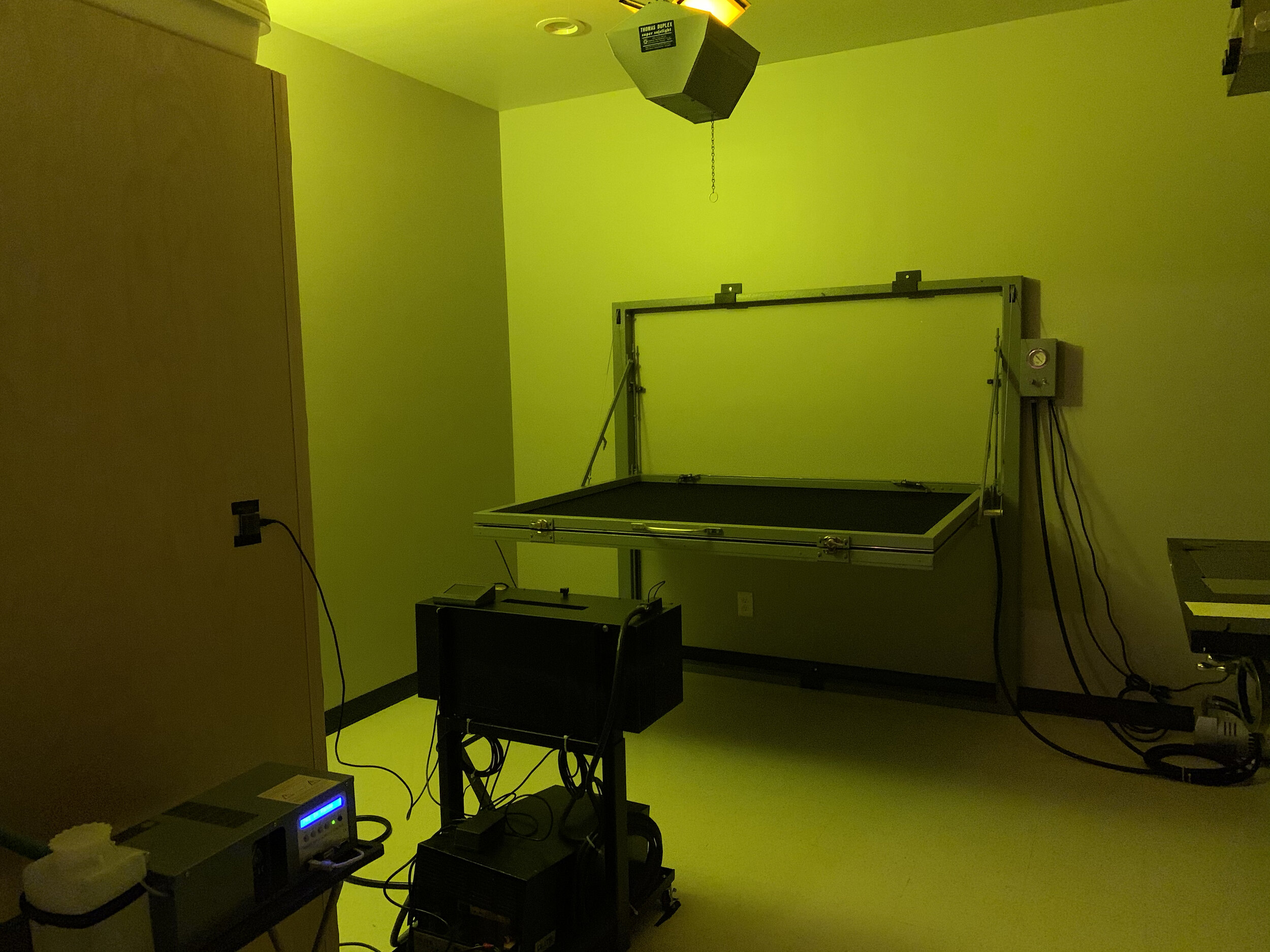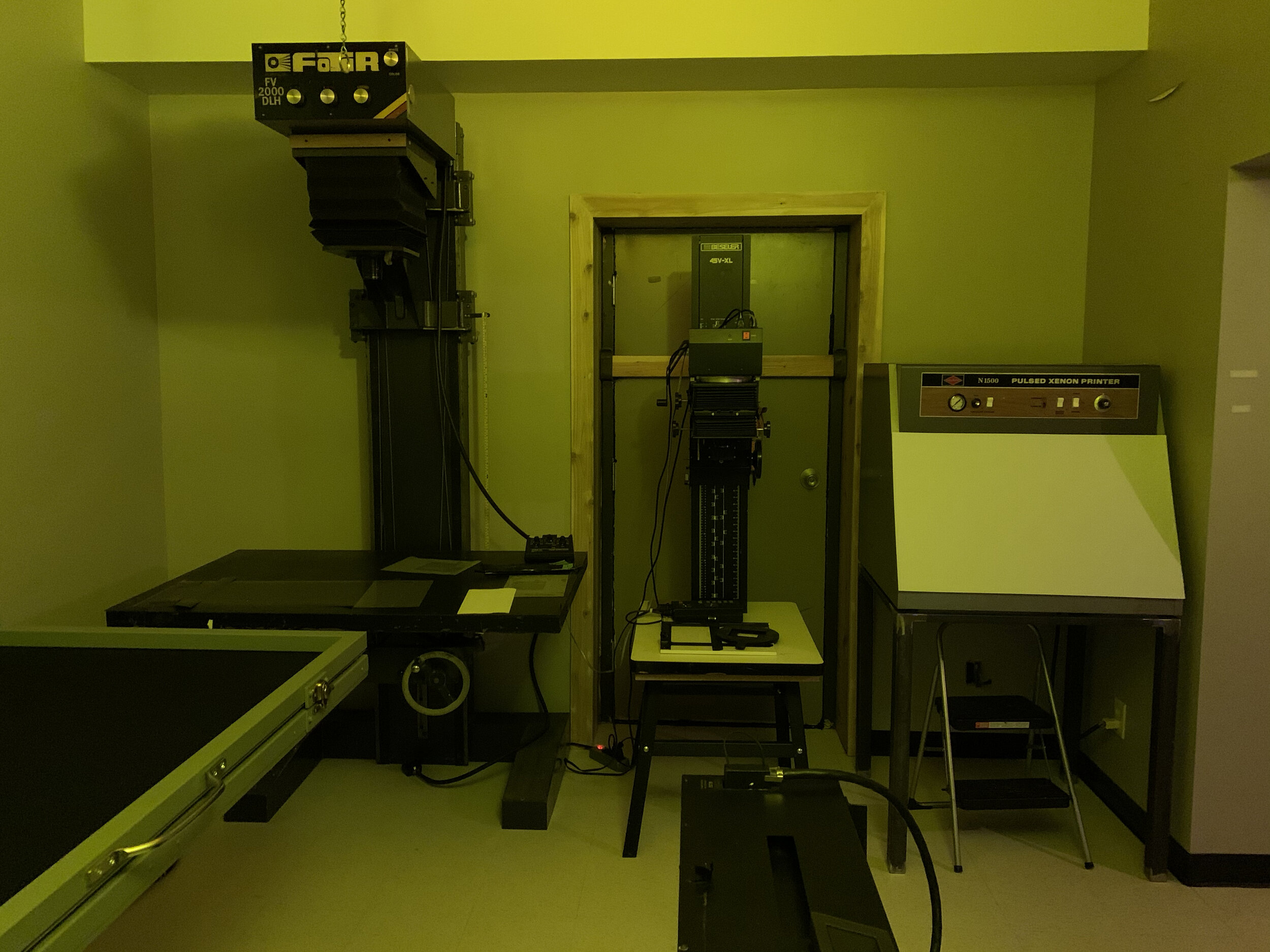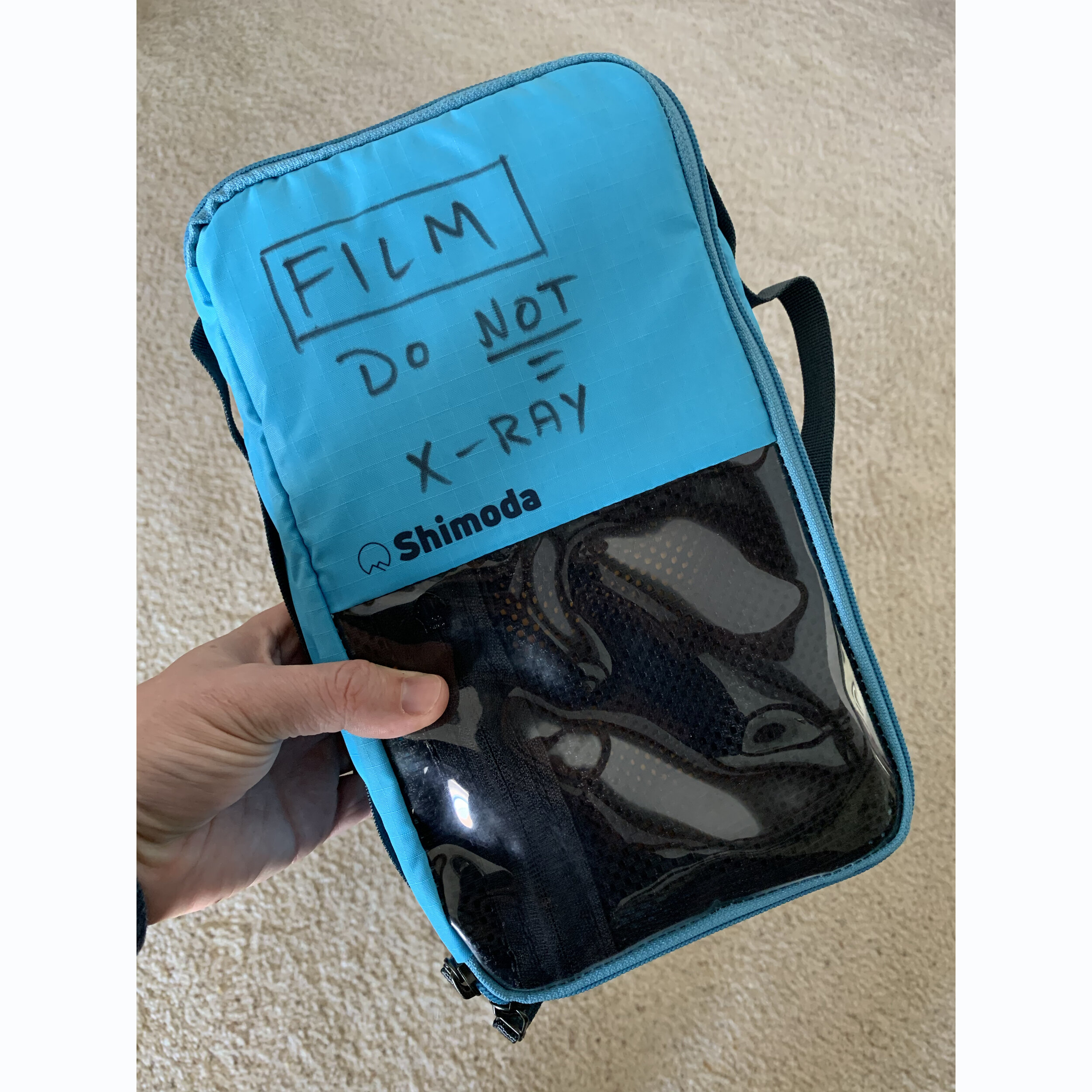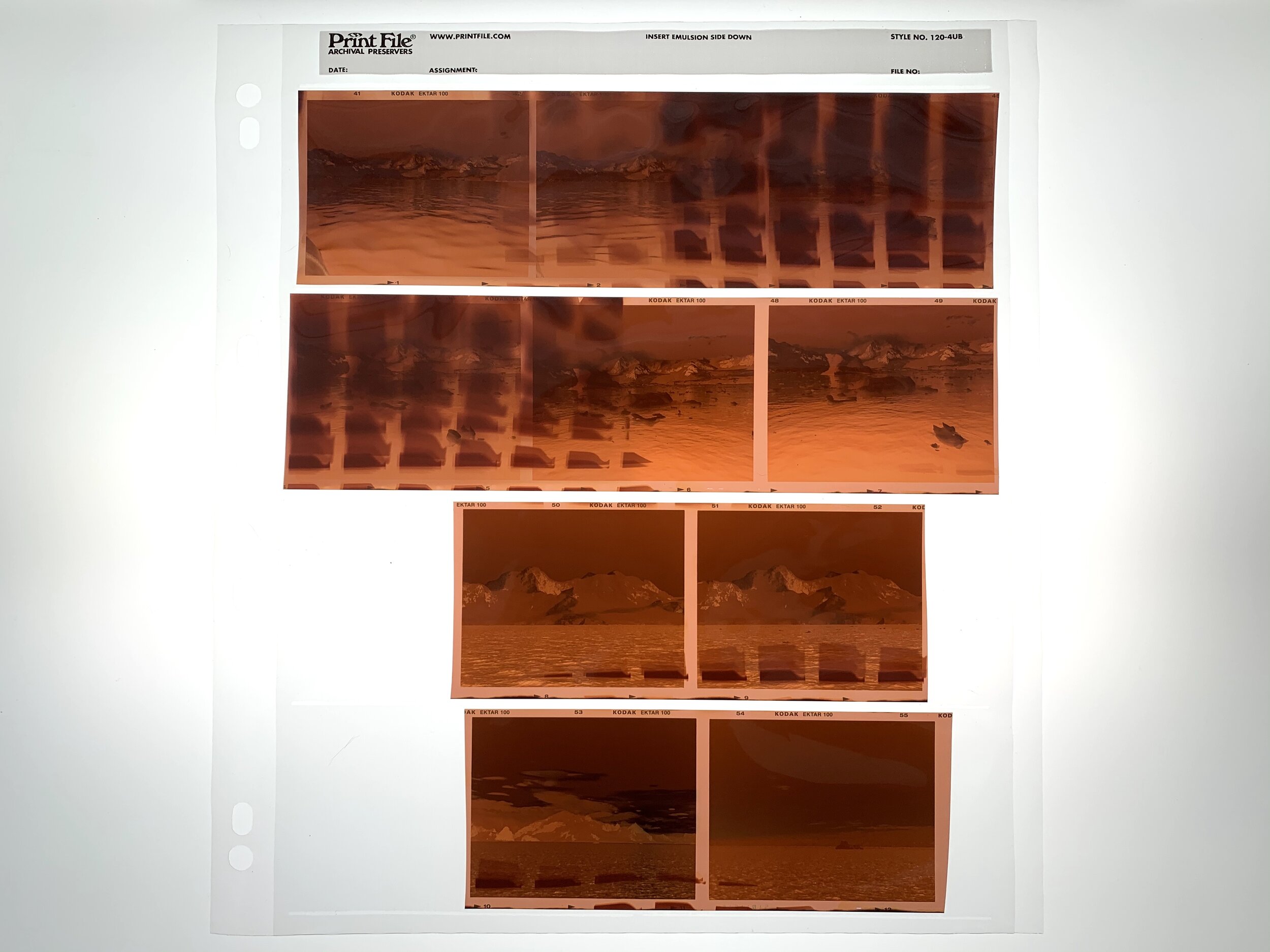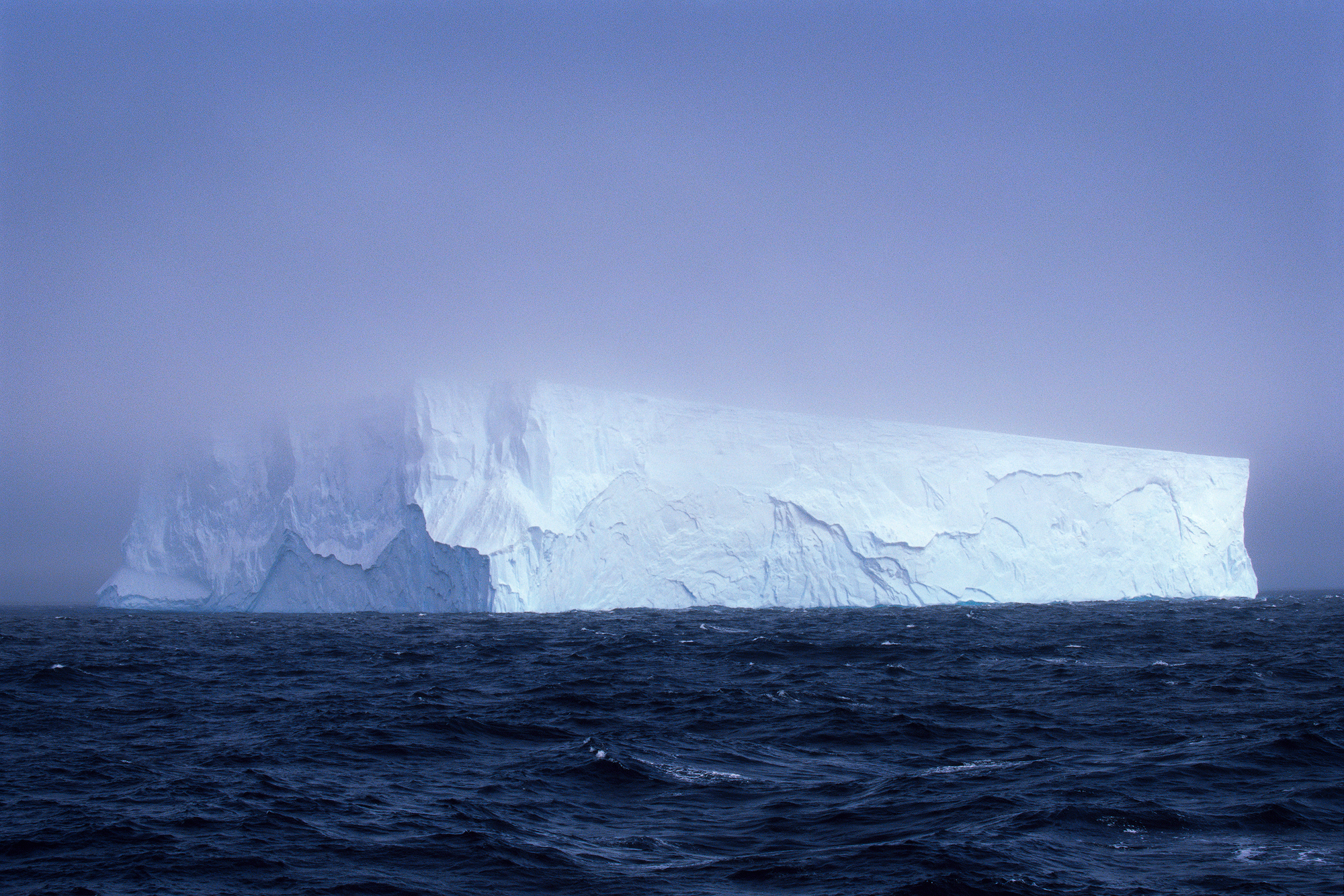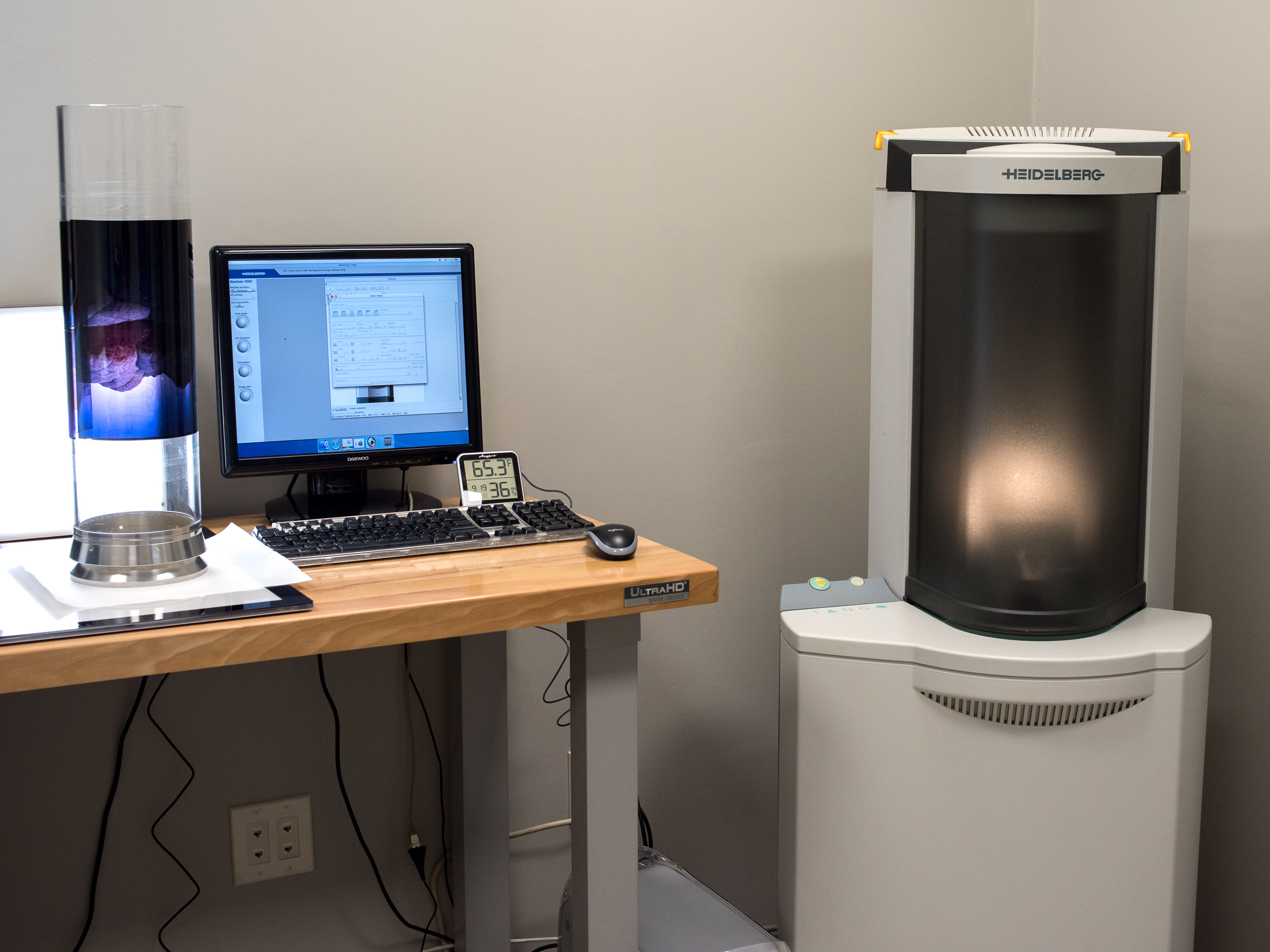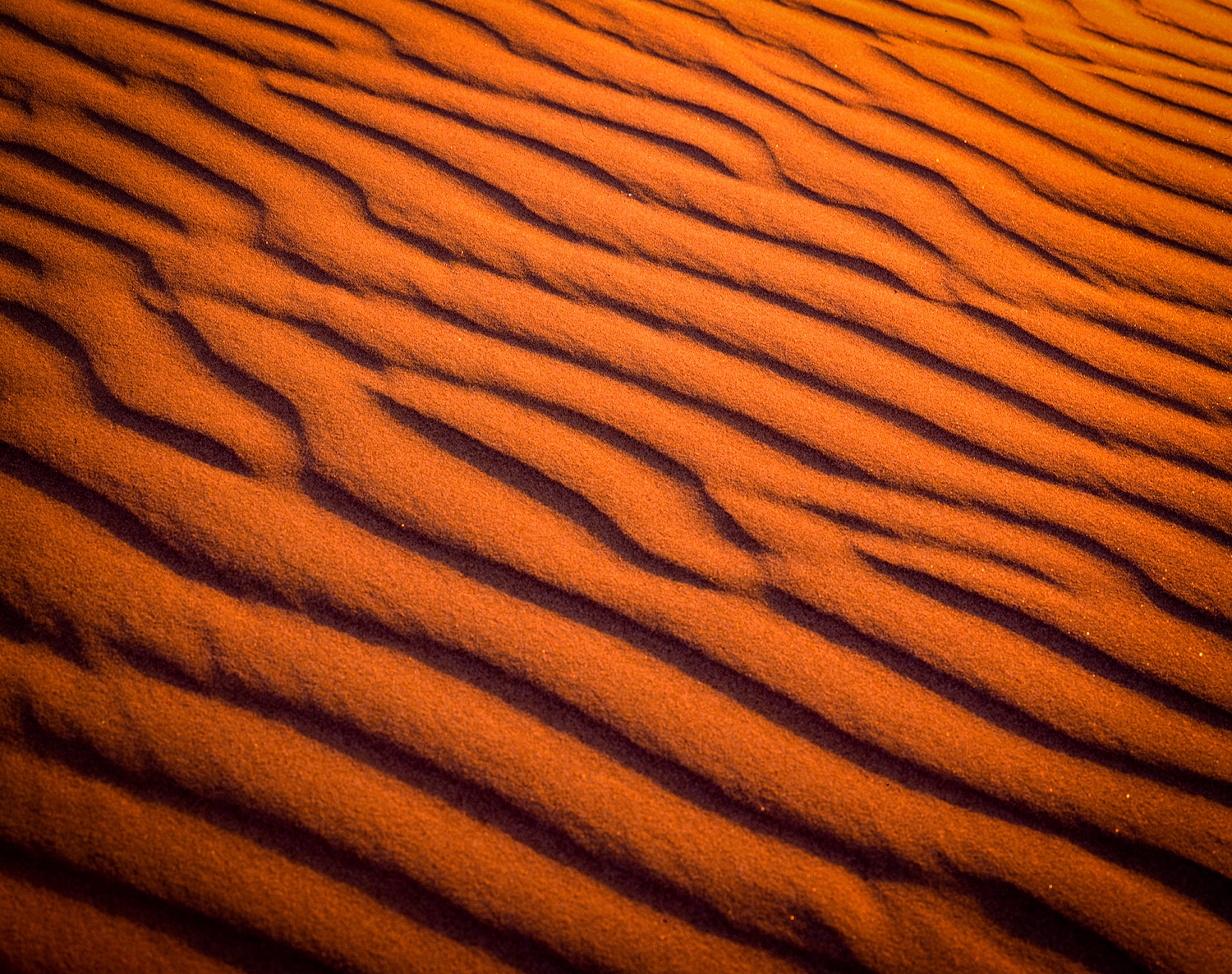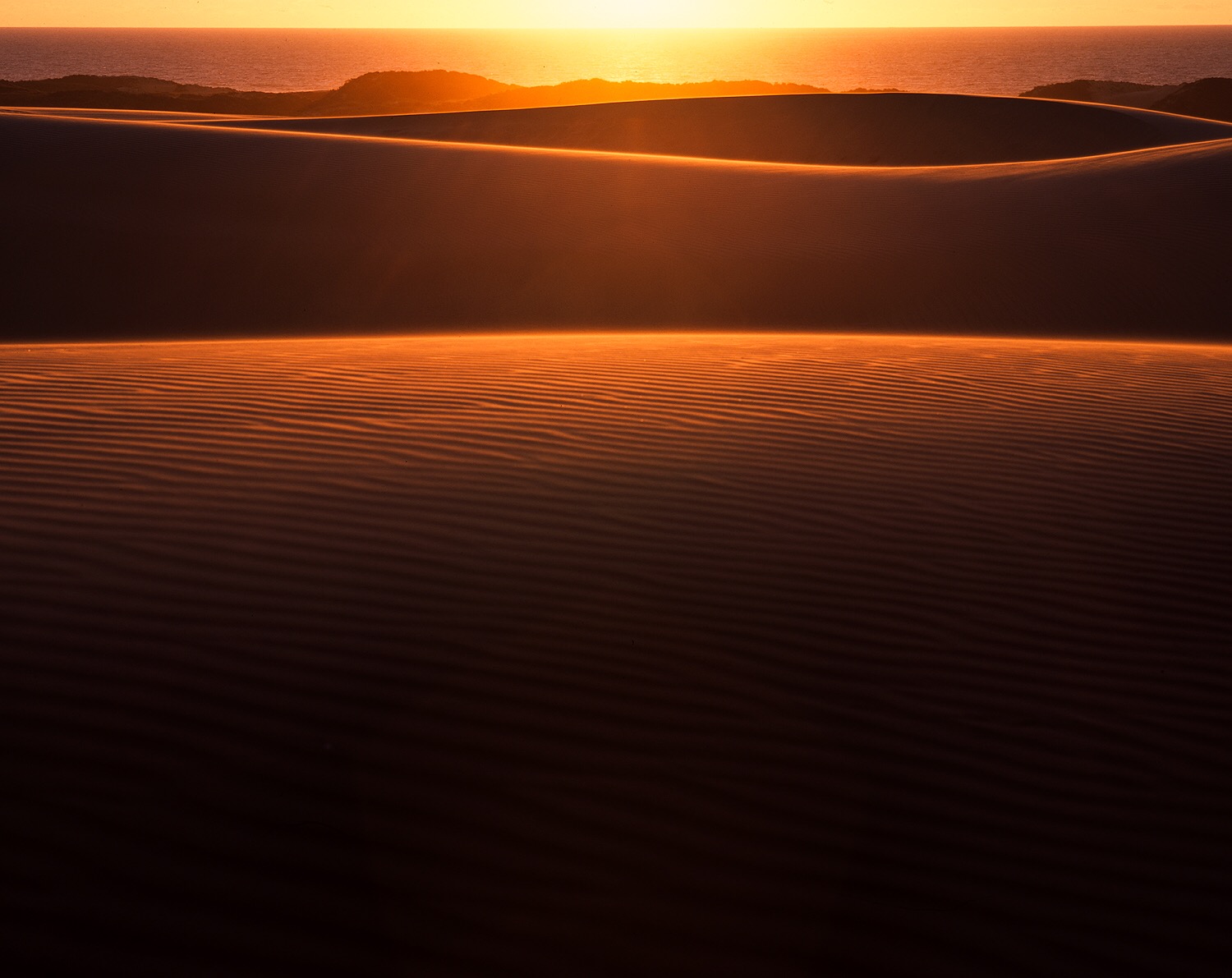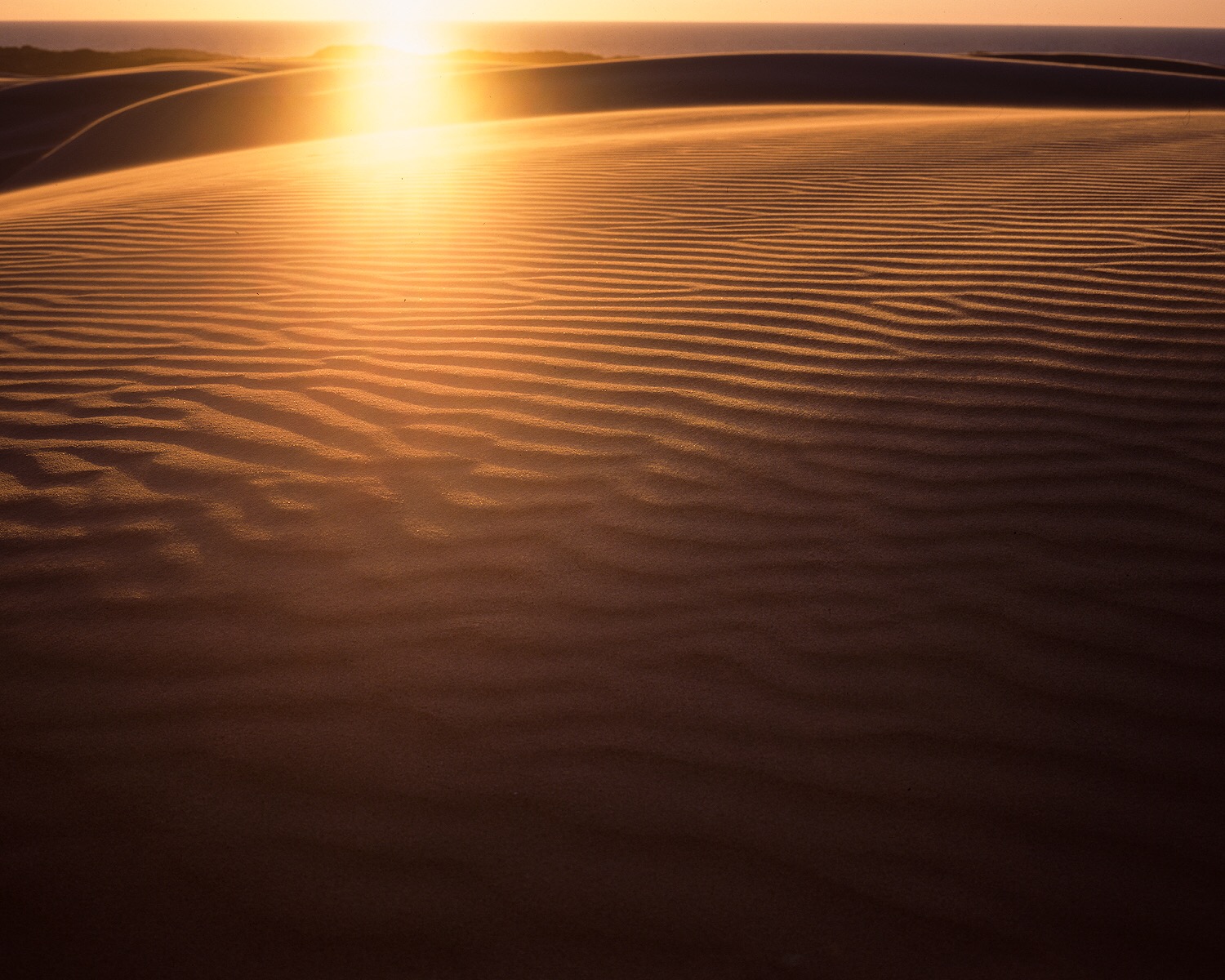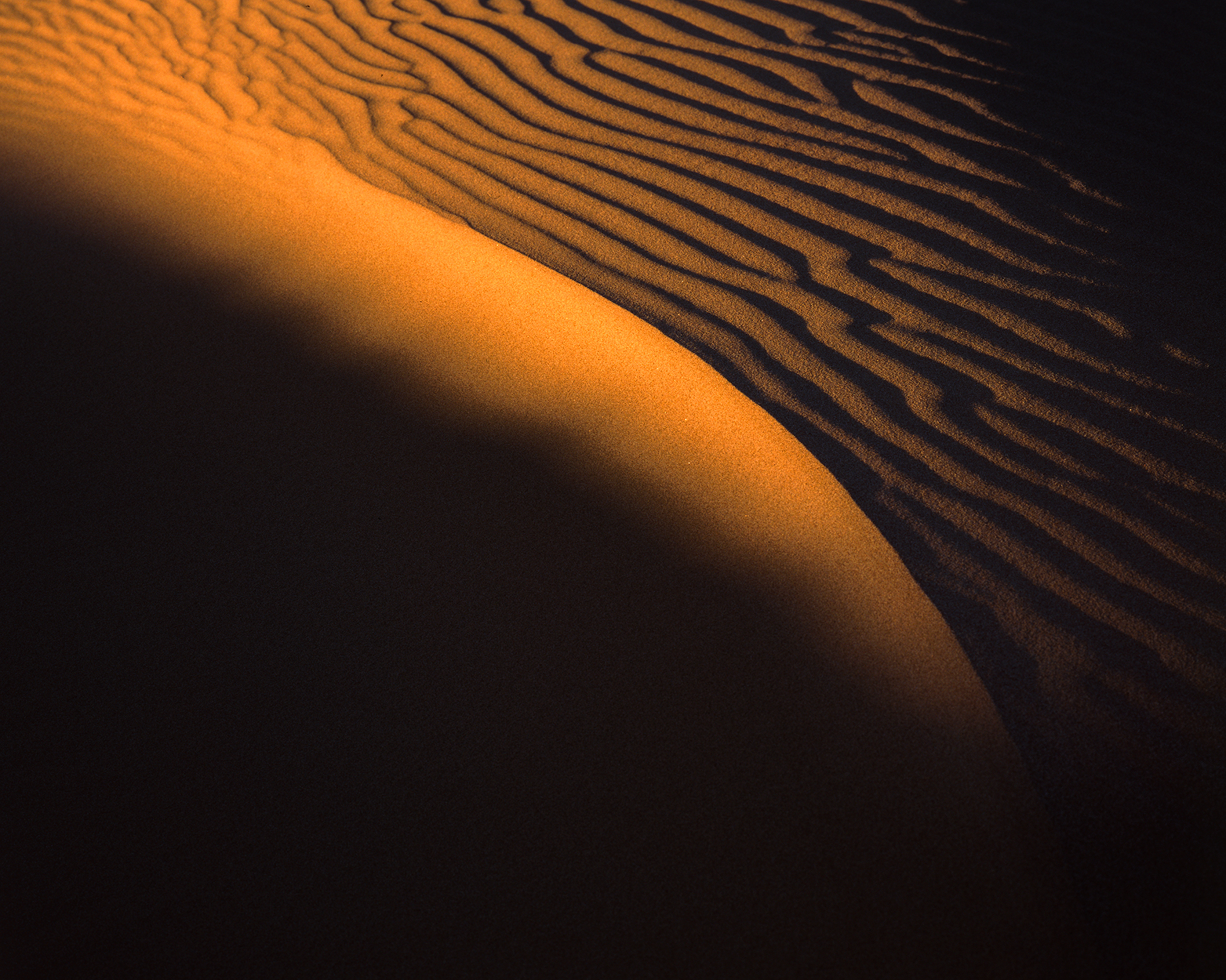Over the past year, I’ve been diligently working to pair down my equipment to a few usable kits, specifically my large format gear. While I enjoy using faster lenses in the field, particularly with 8x10, I definitely mind the heft. I had essentially 3 lens sets for large format - a 4x5 set, a close-to-the-car 8x10 set, and a lighter weight 8x10 set. While i’ve kept the majority of the big 8x10 lenses, I’ve narrowed a few down to a very usable lightweight two-kit lens set, with a couple of focal lengths overlapping between my 4x5 and 8x10, which is even better.
Pairing down from my Arca-Swiss cameras (which I still adore and enjoy) I have mainly switched to using wooden field cameras from Chamonix. For my 4x5, I’ve been using the 45F-2 and for the 8x10, the Alpinist X. Both significantly cut down the weight of my pack, and also trimmed away the footprint those rail cameras take up in the backpack.
While pairing down my field lenses and cameras, I also targeted another major hiccup in my backpack - my filter kit. For a long while, I was fairly particular when it came to my filters and gravitated towards glass graduated ND’s. They were honestly very, very nice filters, but I picked up my filter pouch one day and realized that it weighed almost as much as my 4x5! My 100mm holder, 4 GND’s and a polarizer (and a few tools I keep in my filter pouch…more later) weighed in at a whopping 2.1 pounds. Comparatively speaking, most of my 4x5 lenses weigh in about 0.5 lb, and I generally carry 4.
I did a bit of research and came up with the Lee Seven5 kit, bought it, and loved it. Its smaller form factor was very advantageous. Rather than 100x150mm filters, it fit 75x100 filters, which also meant smaller filter rings, polarizer, etc. Also, the filters were resin. While I was a little reluctant to go back to resin after using glass for so long, I committed and have been quite pleased since. The main reason I disliked resin in the past, were its tendency to scratch and I had concerns of its clarity, but after doing some visual tests and some film tests, I figured…glass breaks, resin scratches - a mere tradeoff. The kit had a few limitations with my setups, particularly as I got into medium format, but it really checked a lot of boxes for me and I really enjoyed the lighter setup. It weighed in at about 0.5 lb for the holder and 4 filters (not including a polarizer, which I rarely use anyways) and the pouch was about half the size of my current filter kit. Winner, winner, right?
Unfortunately, a few months later, I went to purchase another filter for the kit and realized that it had been discontinued by Lee and replaced with the 85 kit. Now that I have the 85 Deluxe Kit in my hands, I can provide a little bit more of a thorough review on both systems and their main differences. Below are the pros/cons that carry through both systems.
Pros:
Lightweight holder / filters
While some are deterred by plastic, high quality plastic is not necessarily a bad thing. These holders are extremely well built, lightweight, and work like a charm.
Some photographers also balk at the idea of resin filters versus glass filters. Why put plastic in front of the thousands of dollars glass in your lens? Well, firstly, I have not ever experienced any color shift with these filters, even when I tested it against a white wall and a digital camera. That being said, considering I’m a film photographer and my film tends to shift color anyways, I’m not overly concerned about a tiny bit of color shift from a filter, even if I did see any.
Quality
Lee has always had a reputation for quality, and their new line of filters doesn’t skip a beat. Both the Seven5 and 85 filters are of the highest quality I could desire from a filter company.
Like I mentioned previously, despite the filters being resin, they are of the highest quality of resin and I have experienced absolutely zero color shift from them.
Size
They are SUPER compact! I carried around the unnecessary bulk of 100mm filters for far too long. While in some ways, I preferred the size of the Seven5 filters, the 85mm opens the doors to be able to use it with a few more systems and makes it a little more versatile when buying filters, considering they’re roughly the same size as the Cokin P series.
Tabs on the filters (!!!!)
This was a brilliant move in my opinion, and my favorite part about the entire system. Lee so cleverly decided to add tabs to the top of every GND filter so you had a landing place to grab without smudging the filter. Also, since the tabs protrude above the slots in the filter case, you can actually see which filter is which, rather than having to pull every one of them out until you find the one you want.
Cons:
Really, the only main issue I have with the holder is very minor. The tiny plastic knob that locks the rotation of the holder around the lens attachment ring feels like a weakness in the system, especially with the 85 system. The Seven5 didn’t really have that fault point, and while I don’t think it will fail over time, I do feel like I’ll need to be a little careful with it, which always irks me a little when I’m in the field working.
I also feel as if the case that comes with some of their kits is just a little too small on both systems. I like my filter kit to kind of act as a bit of a tool kit as well, to minimize too many different floating parts inside my camera pack. Inside the 85 pouch, I can fit a small multitool, Quick Disk, fabric tape measure for measuring bellows draw, a lens wrench for tightening copal shutters on lens boards, as well as the spare stepping rings and lens attachment rings for the filter kit. Seems a little tight, and I can get it to fit inside the case, but I just wish there was an additional outer zippered pouch where I could put some of the tools.
So what’s the real difference between both kits? Well, not much. I was mildly disappointed that I needed filters an extra 10mm wide. It doesn’t sound like much, but I felt that the 75mm system fit my 4x5 kit so perfectly, was so compact, and just really checked all the boxes I needed for a field filter kit. After getting the 85 system, it wasn’t enough bigger that it made much of a difference in my pack, which was a pleasant discovery. It also allowed me to expand its use for some of my medium format camera systems, such as my Hasselblad 501cm. The Seven5 kit was a bit too small for it, but the 85 works perfectly.
To purchase the Deluxe Kit, follow the link below.

